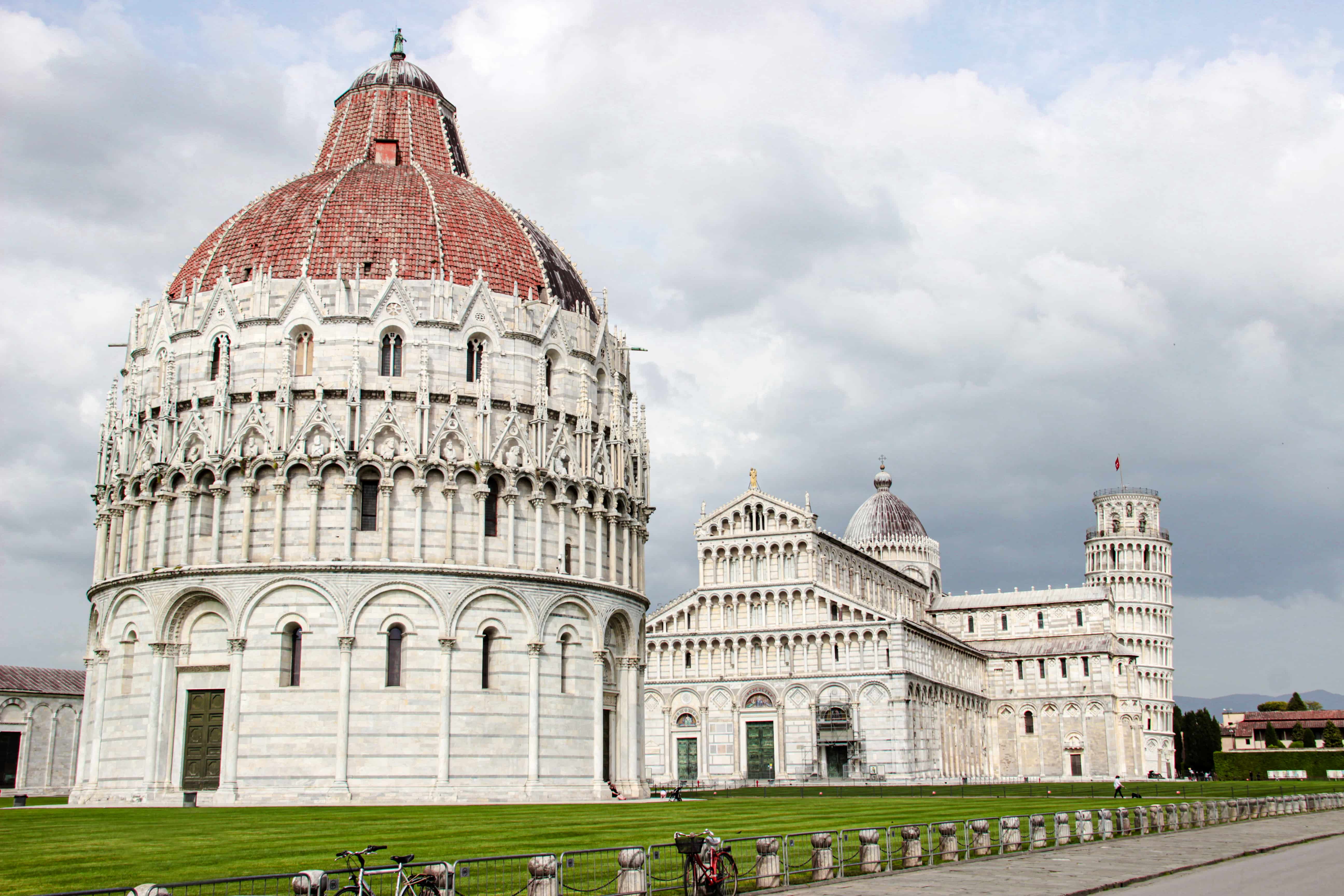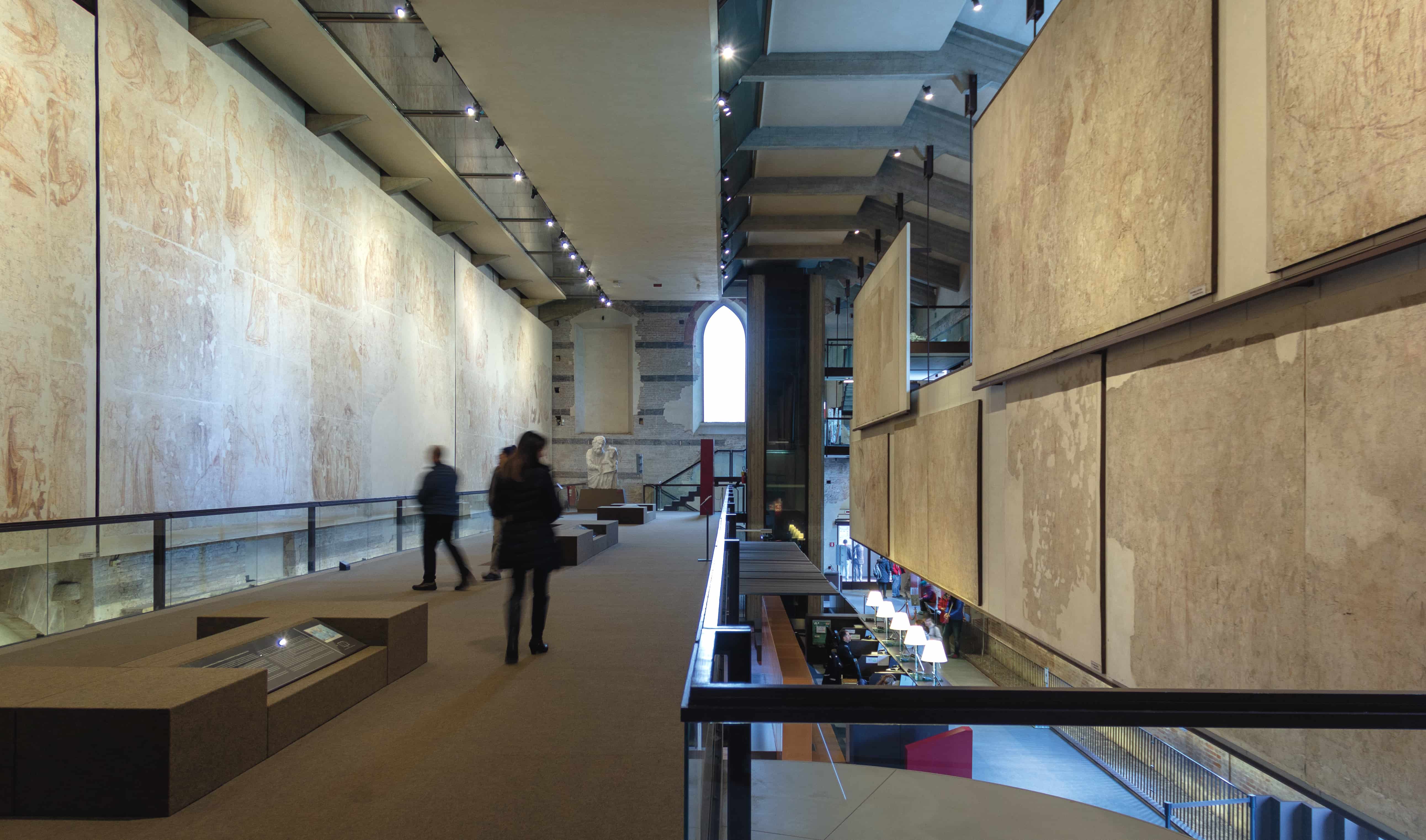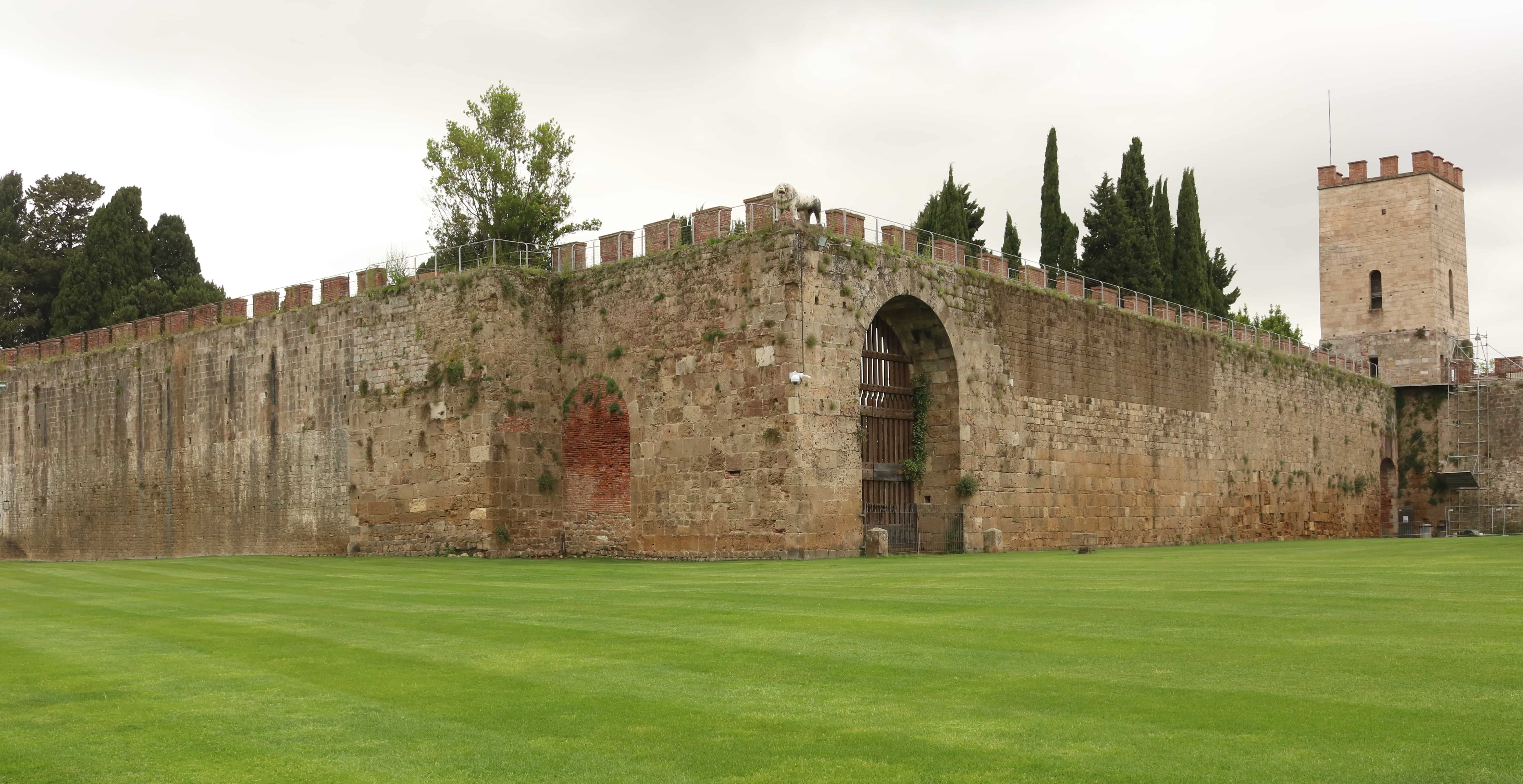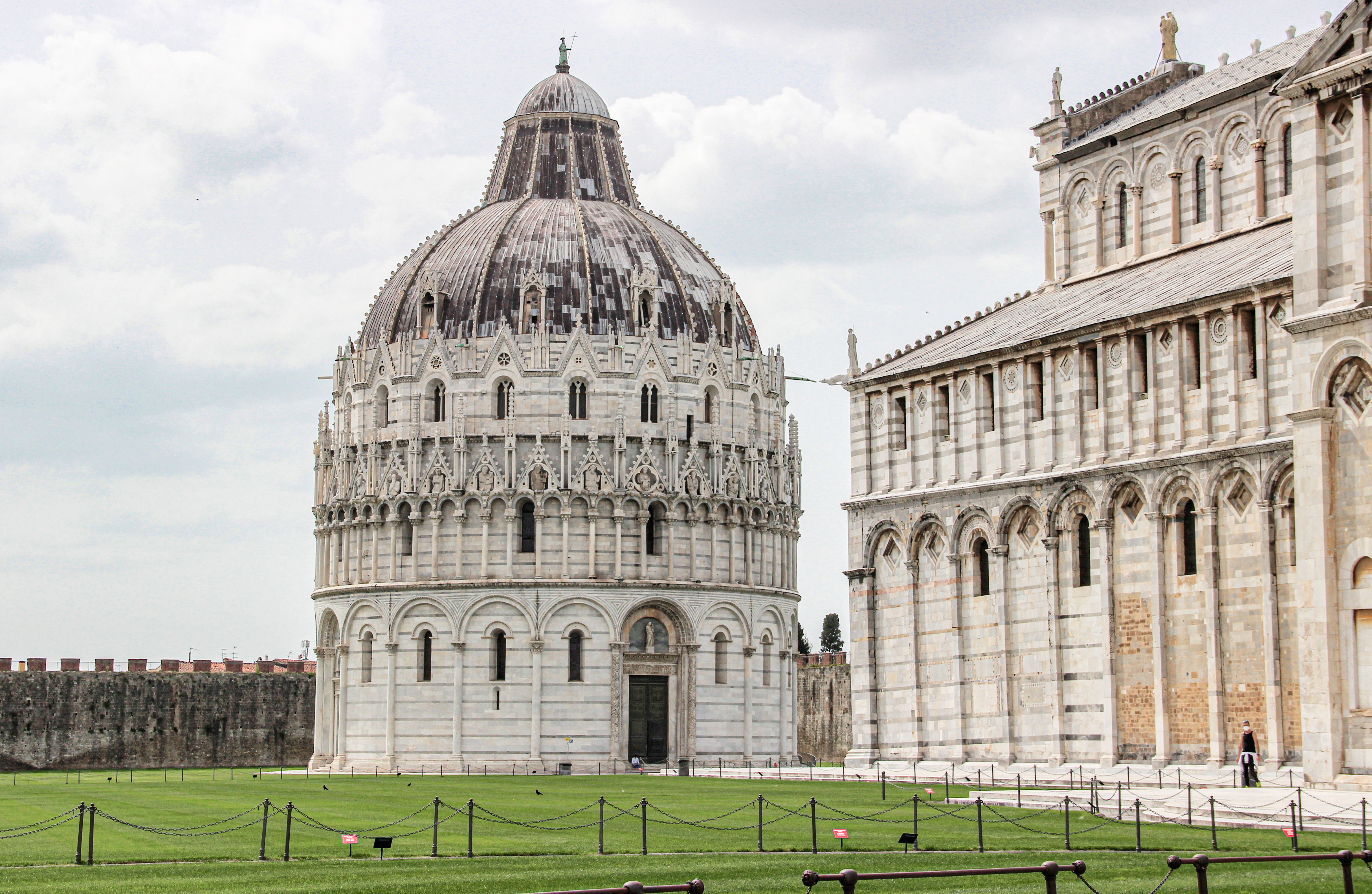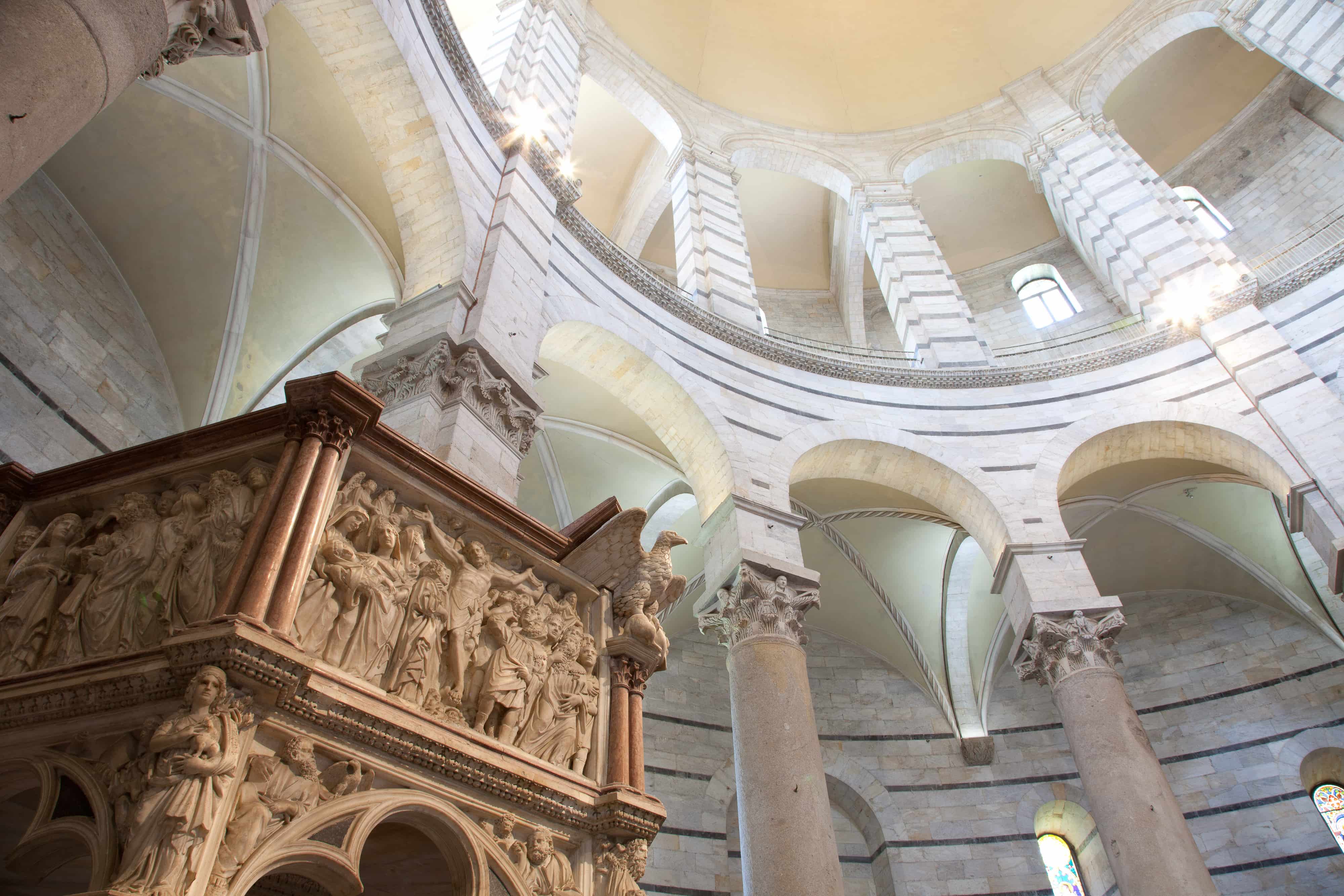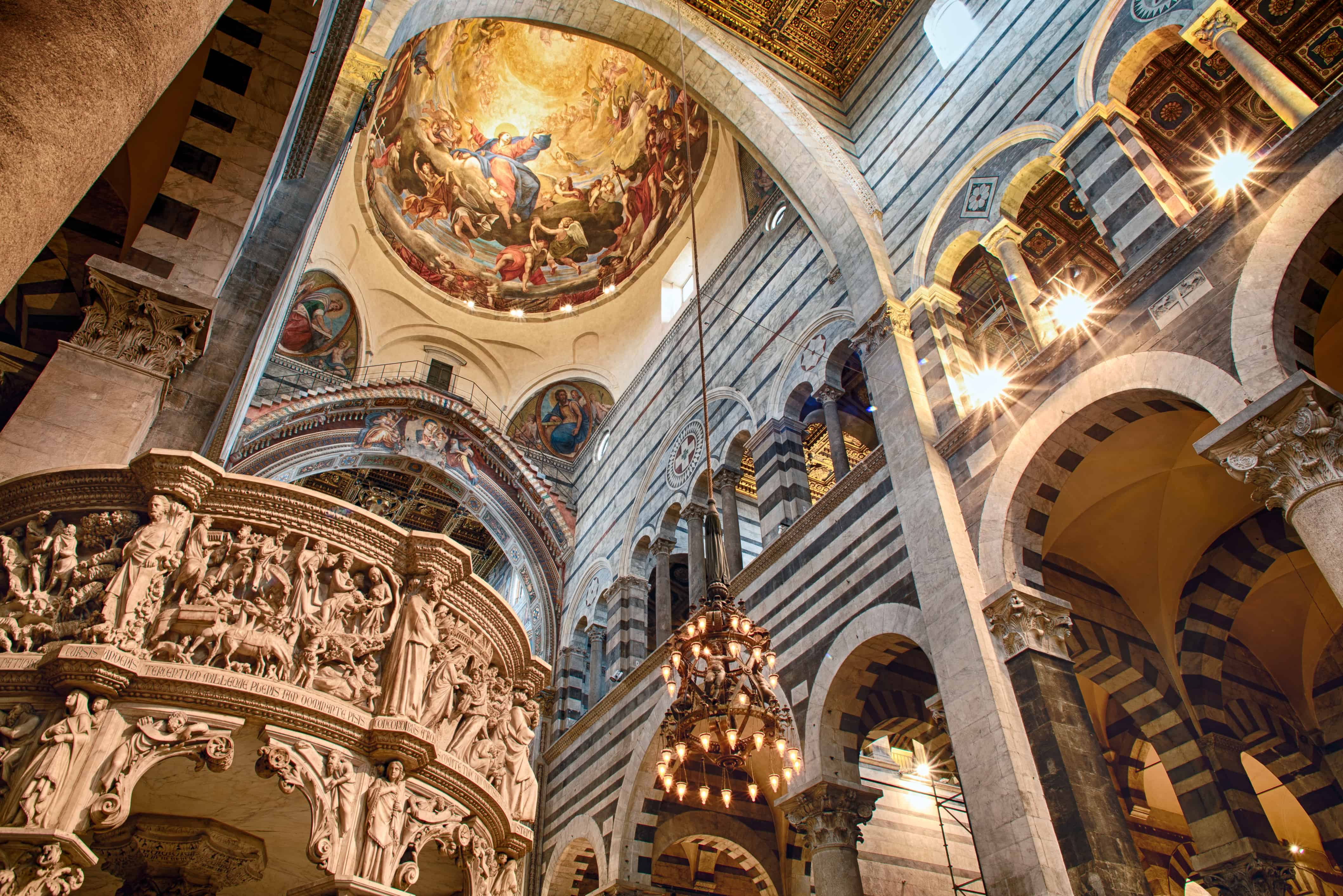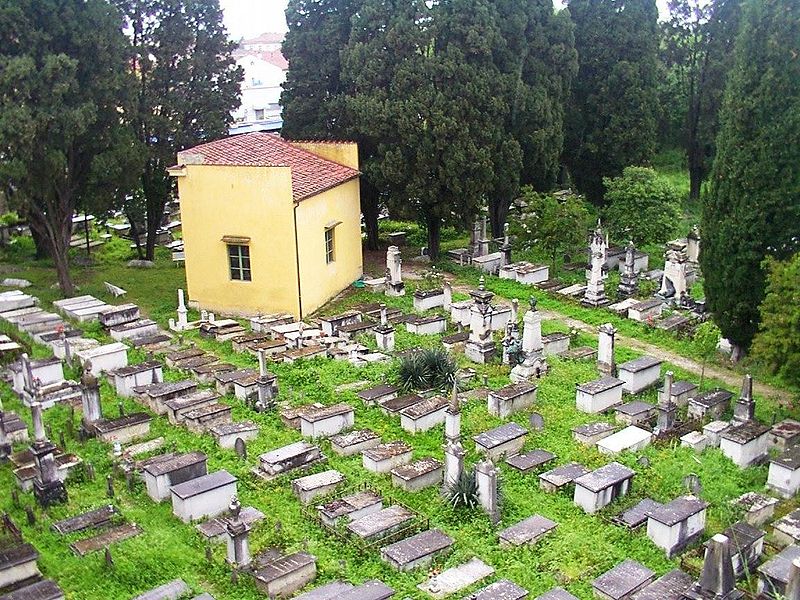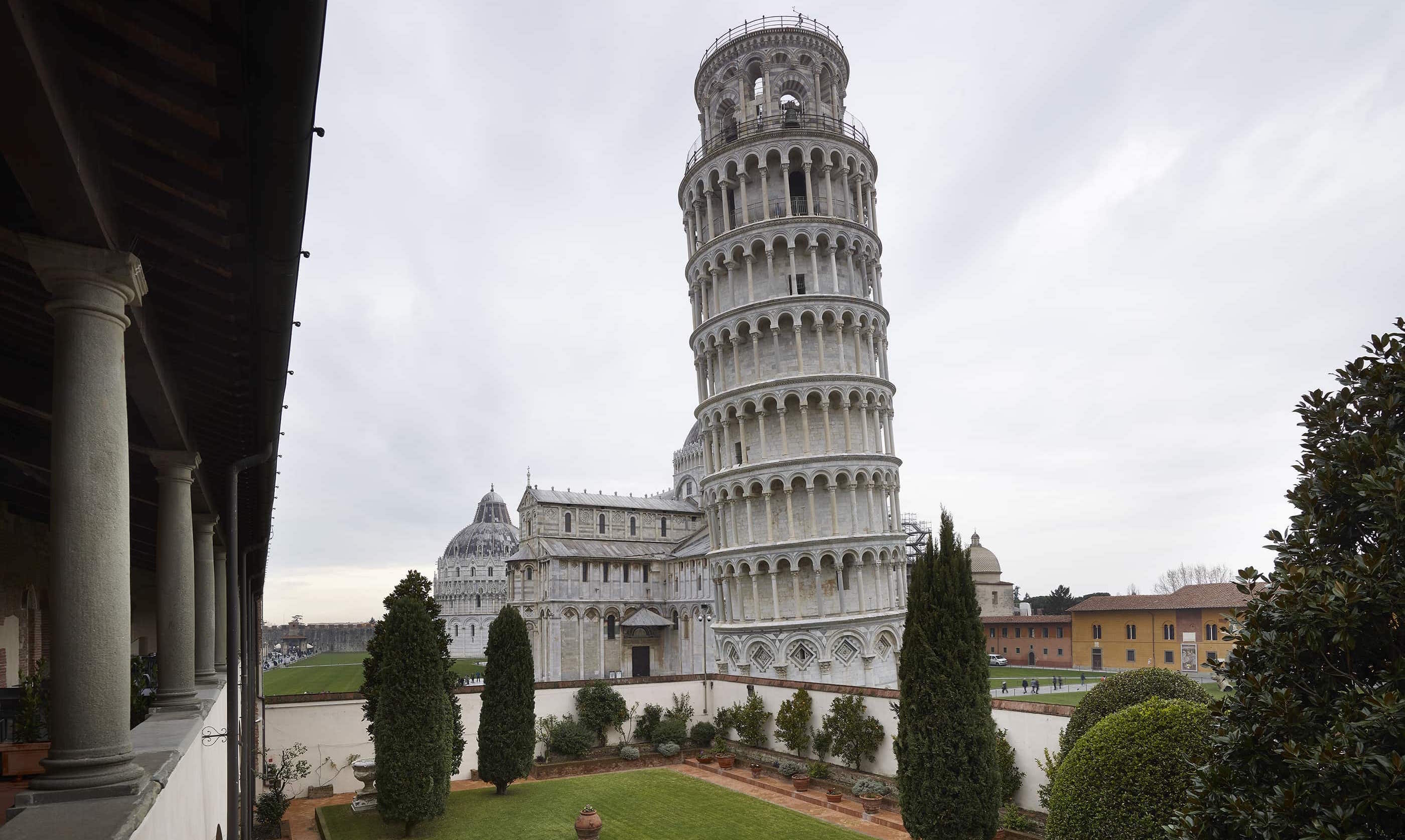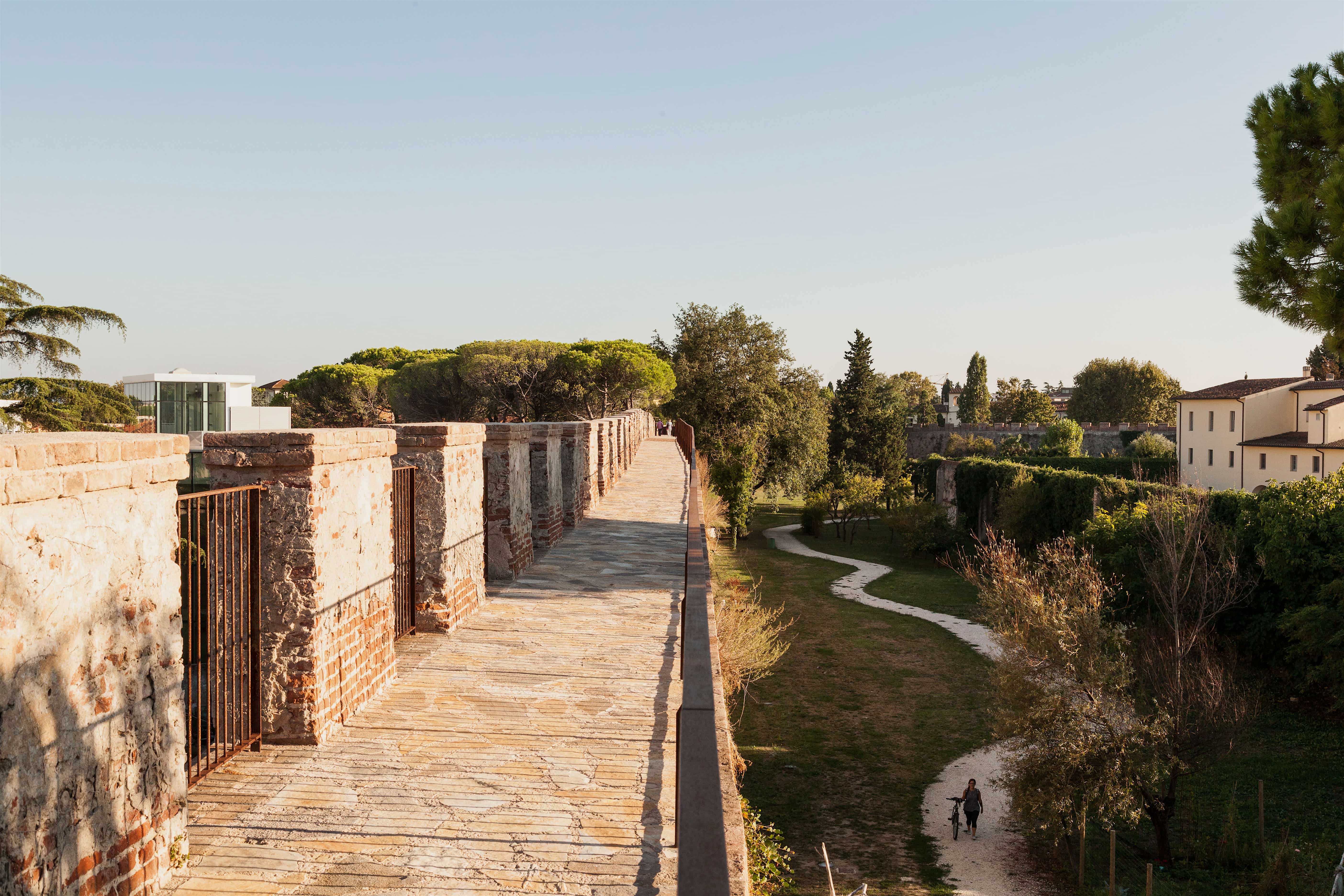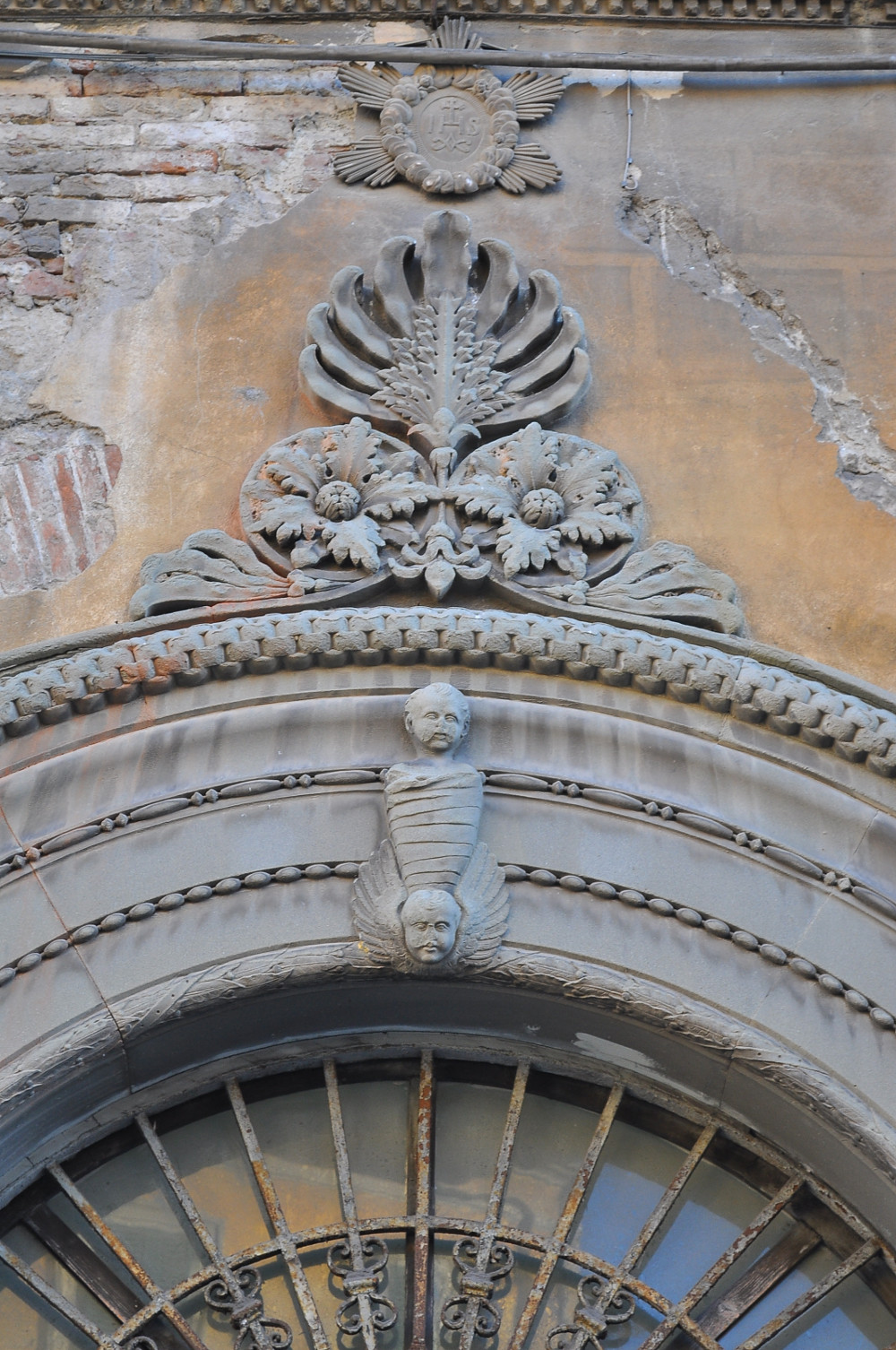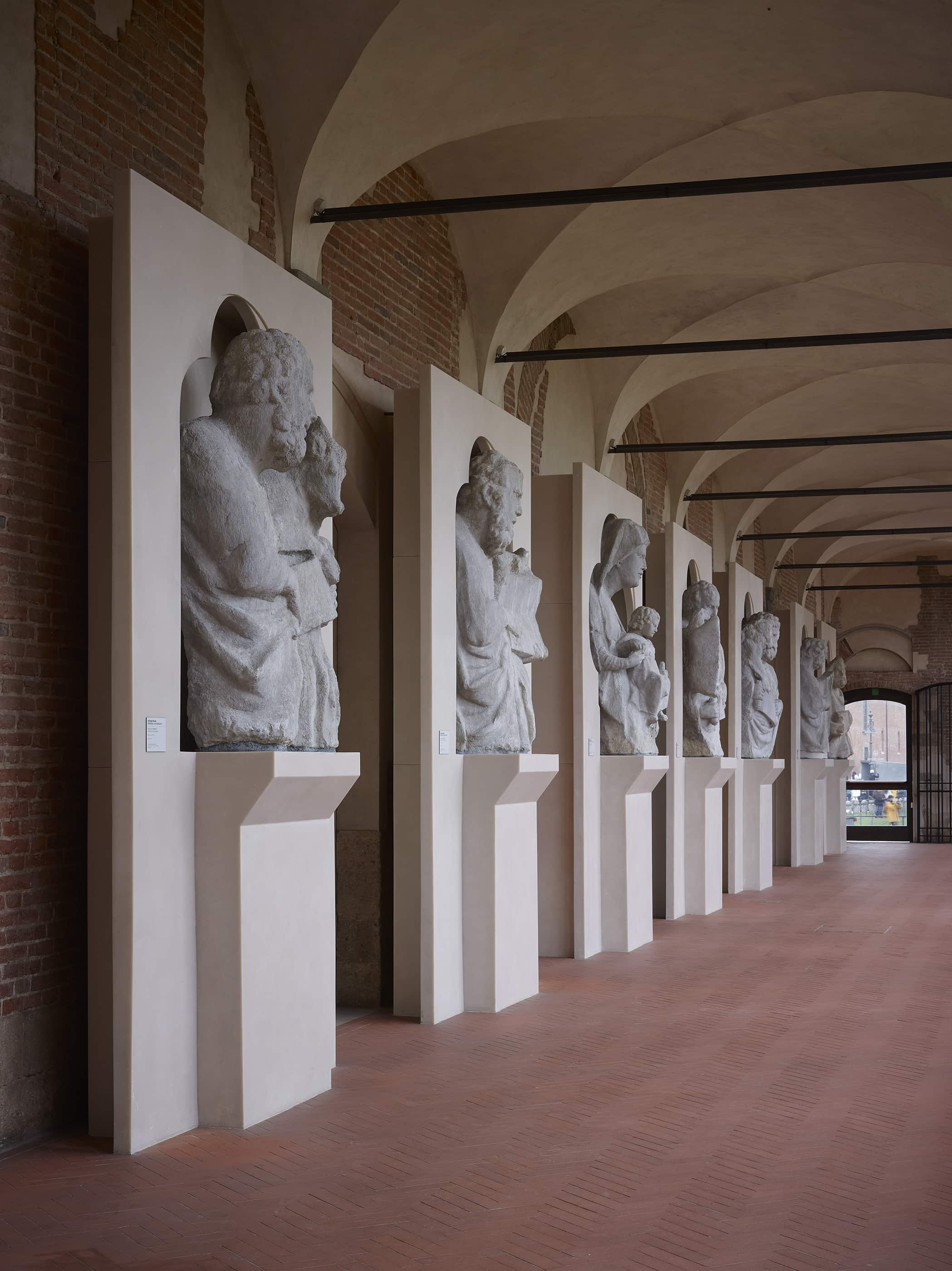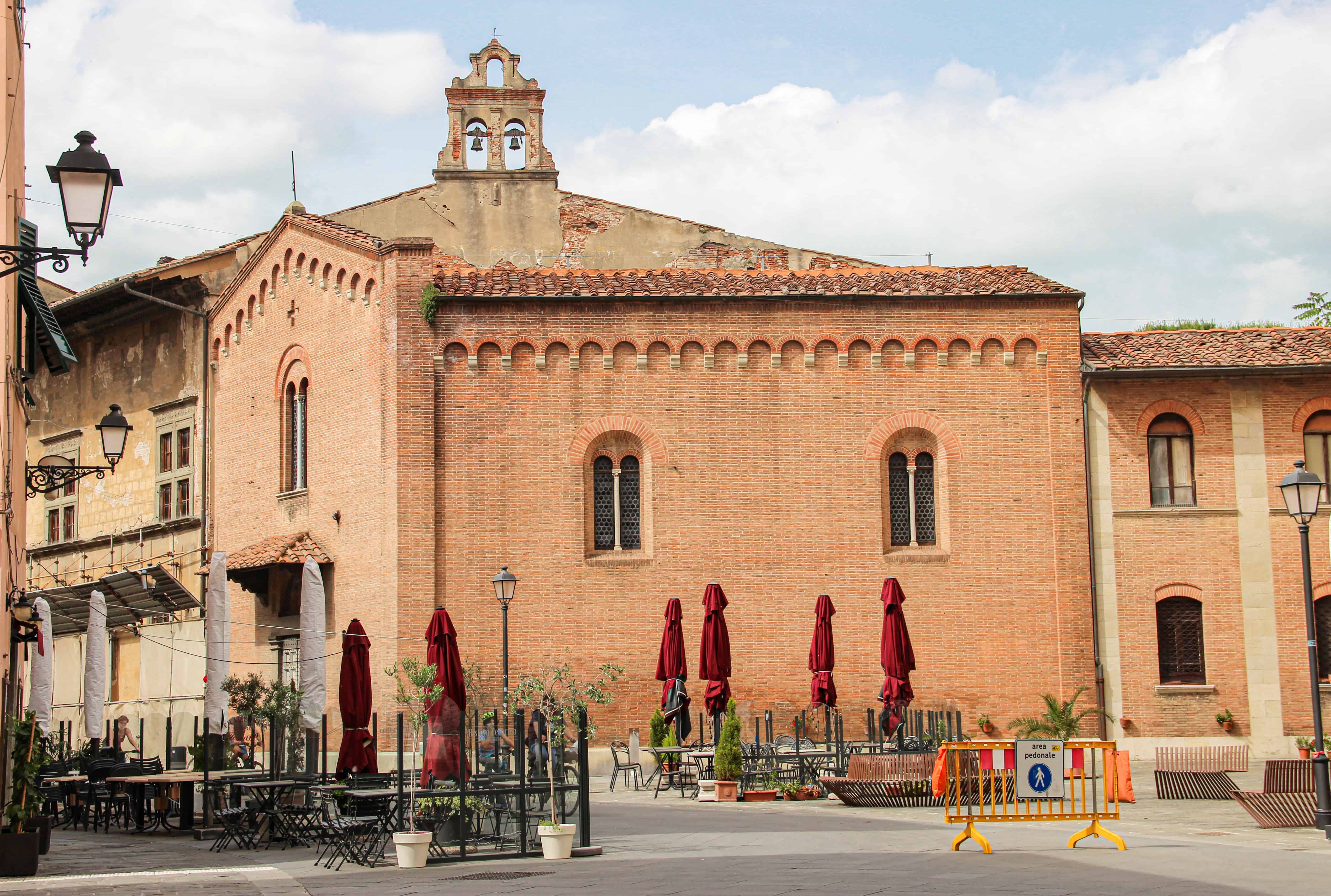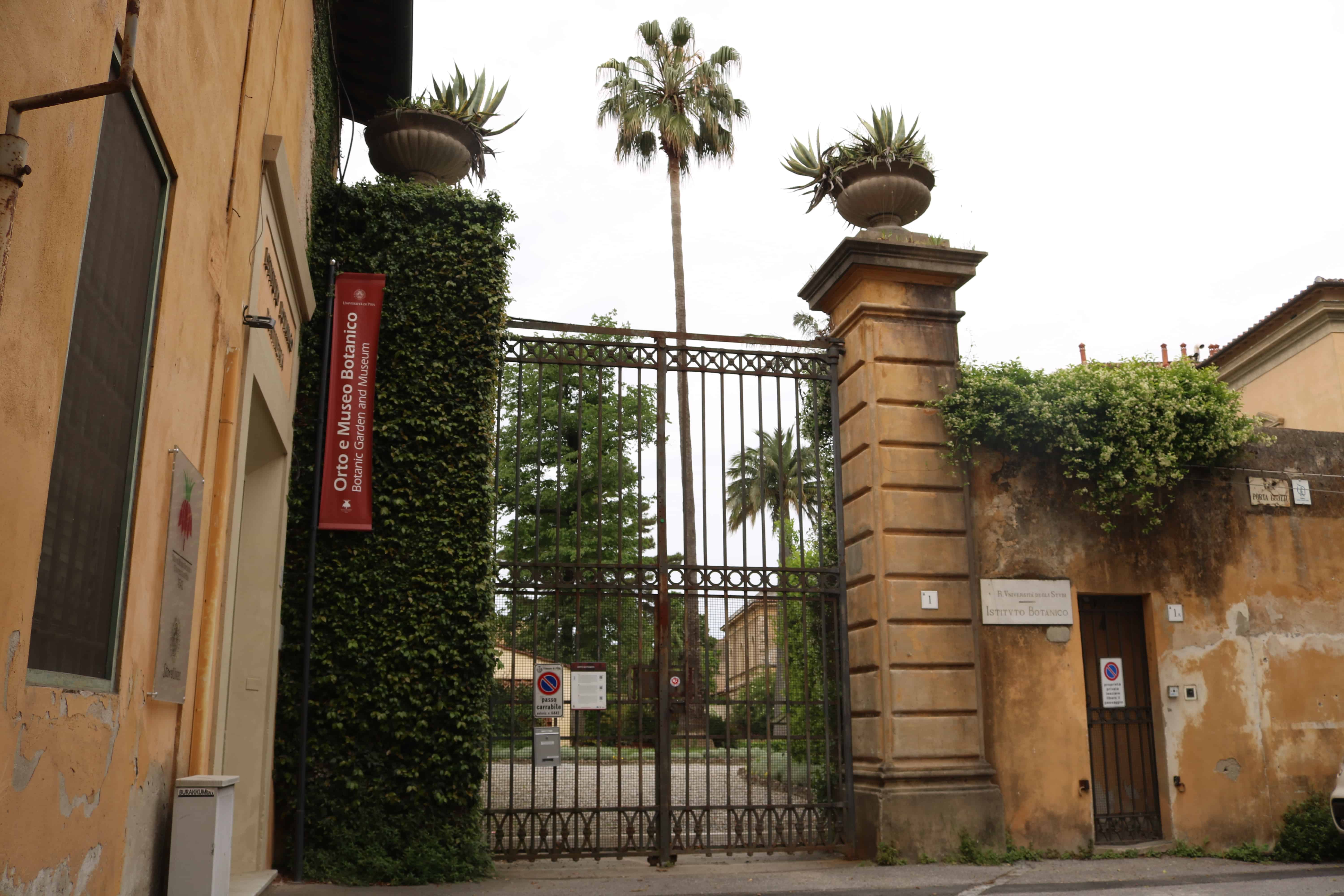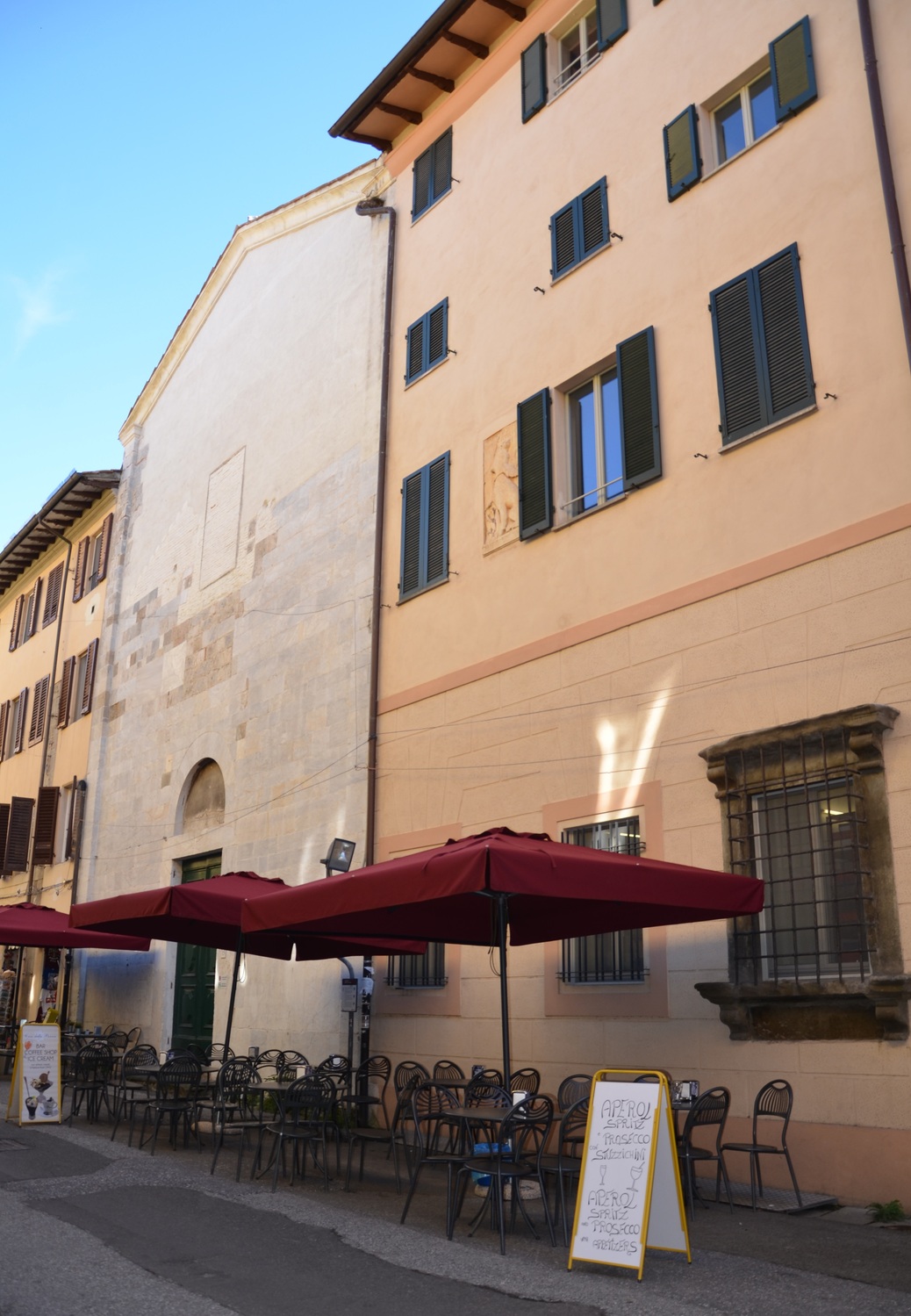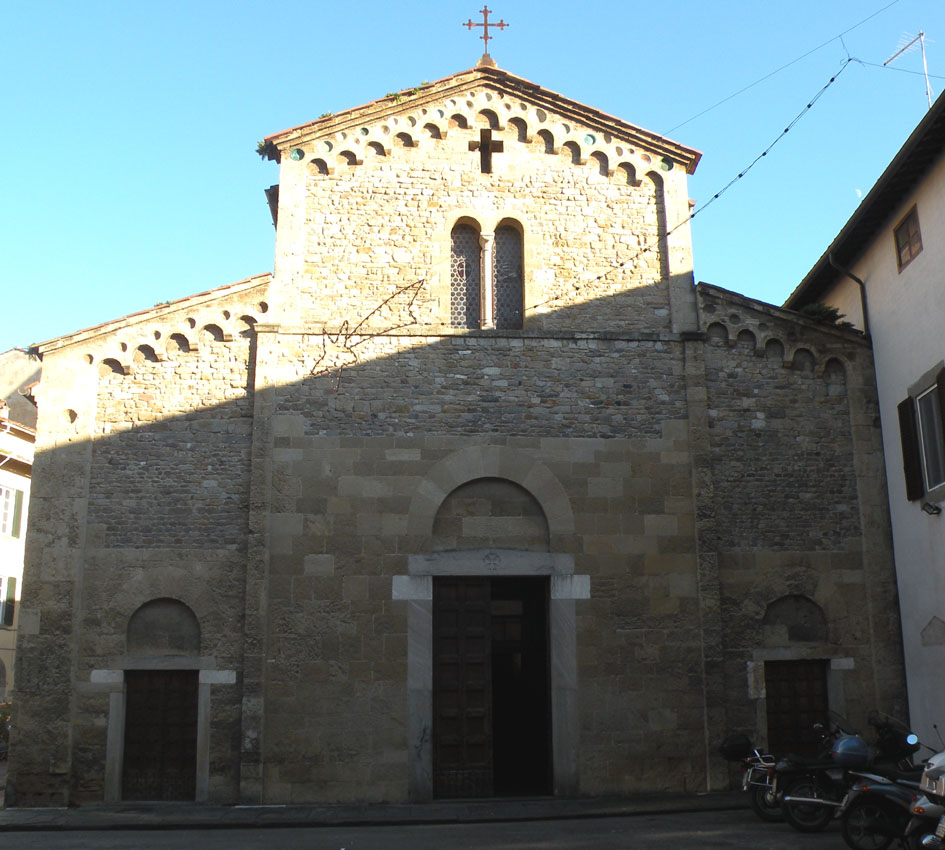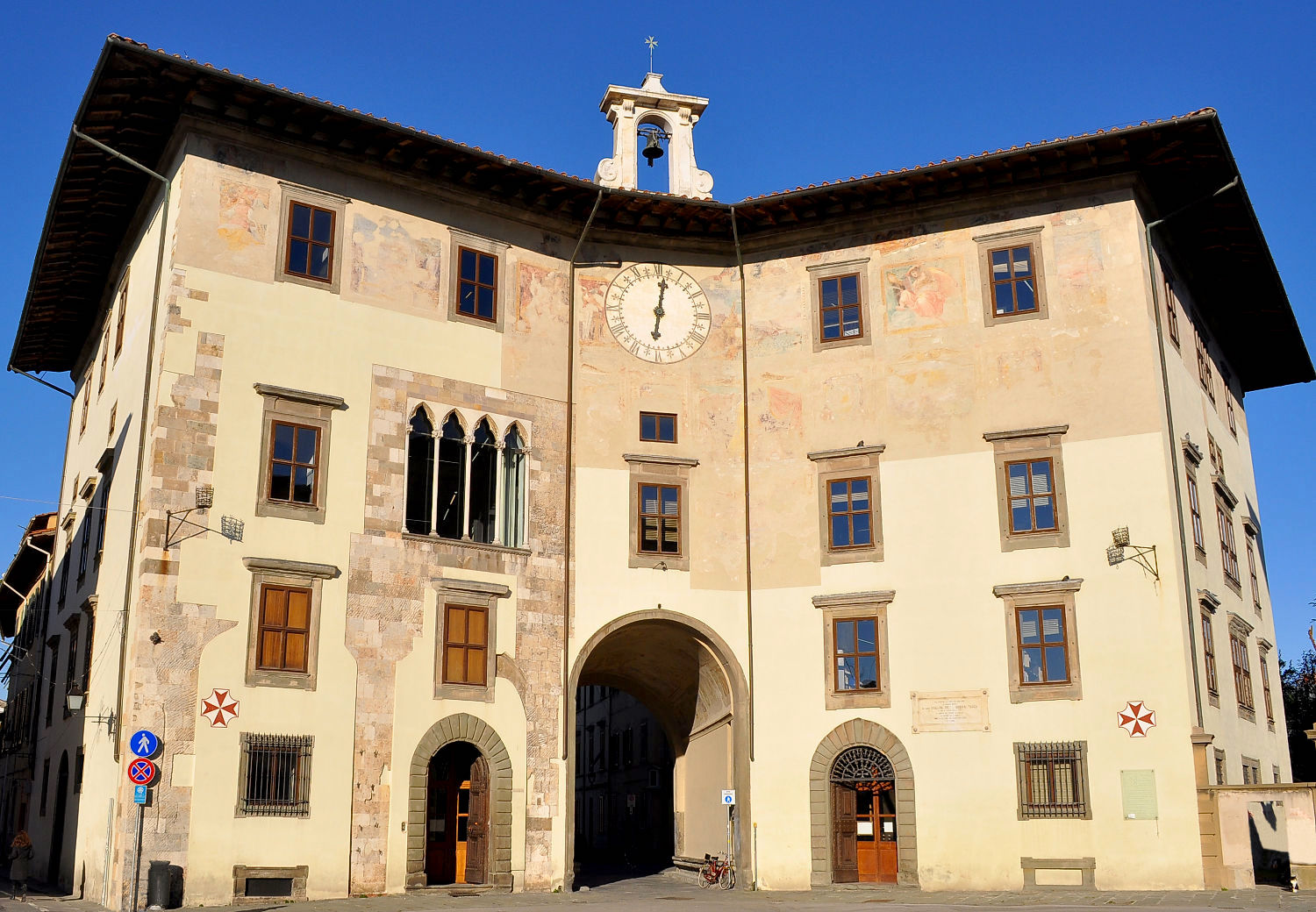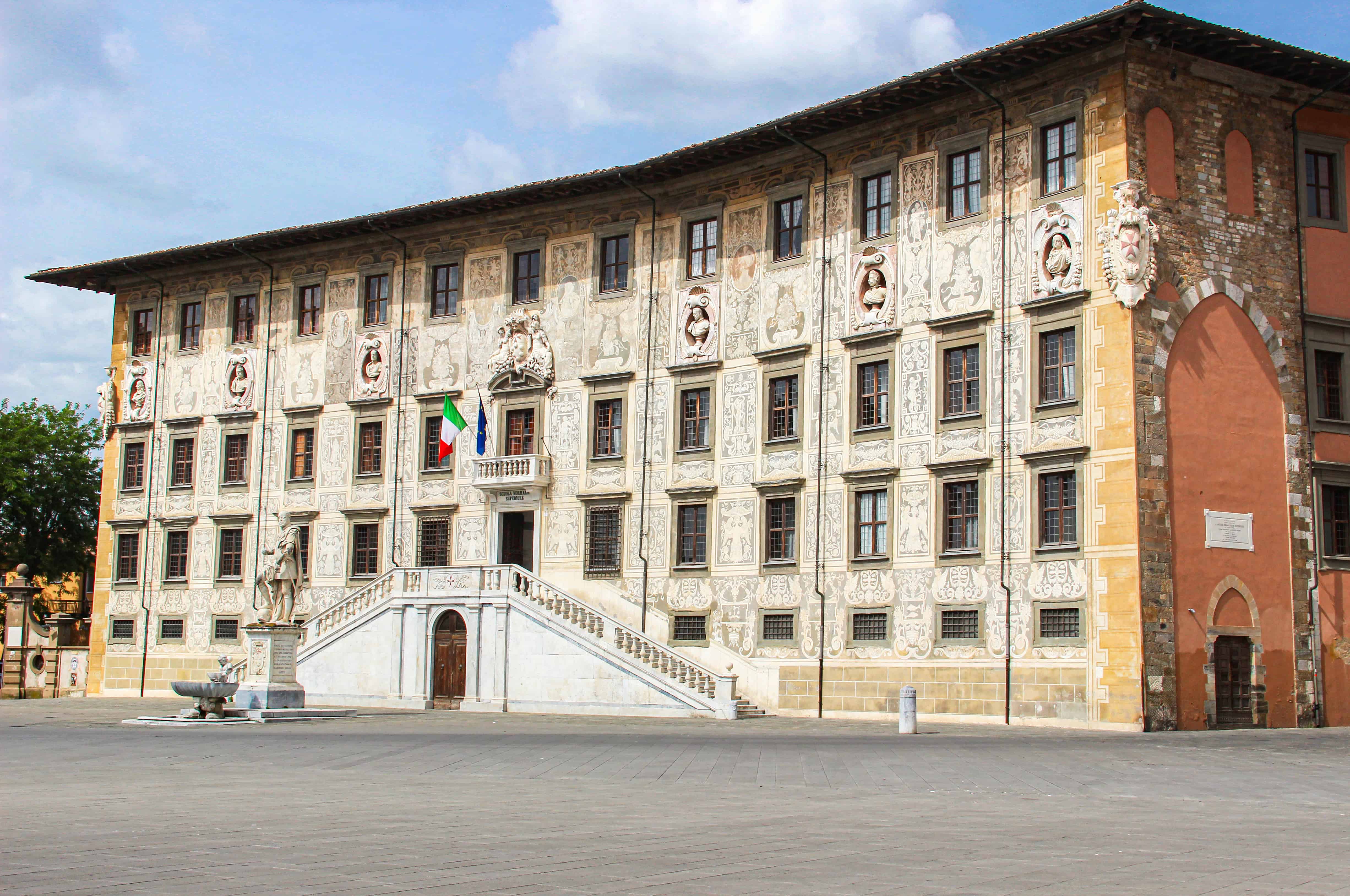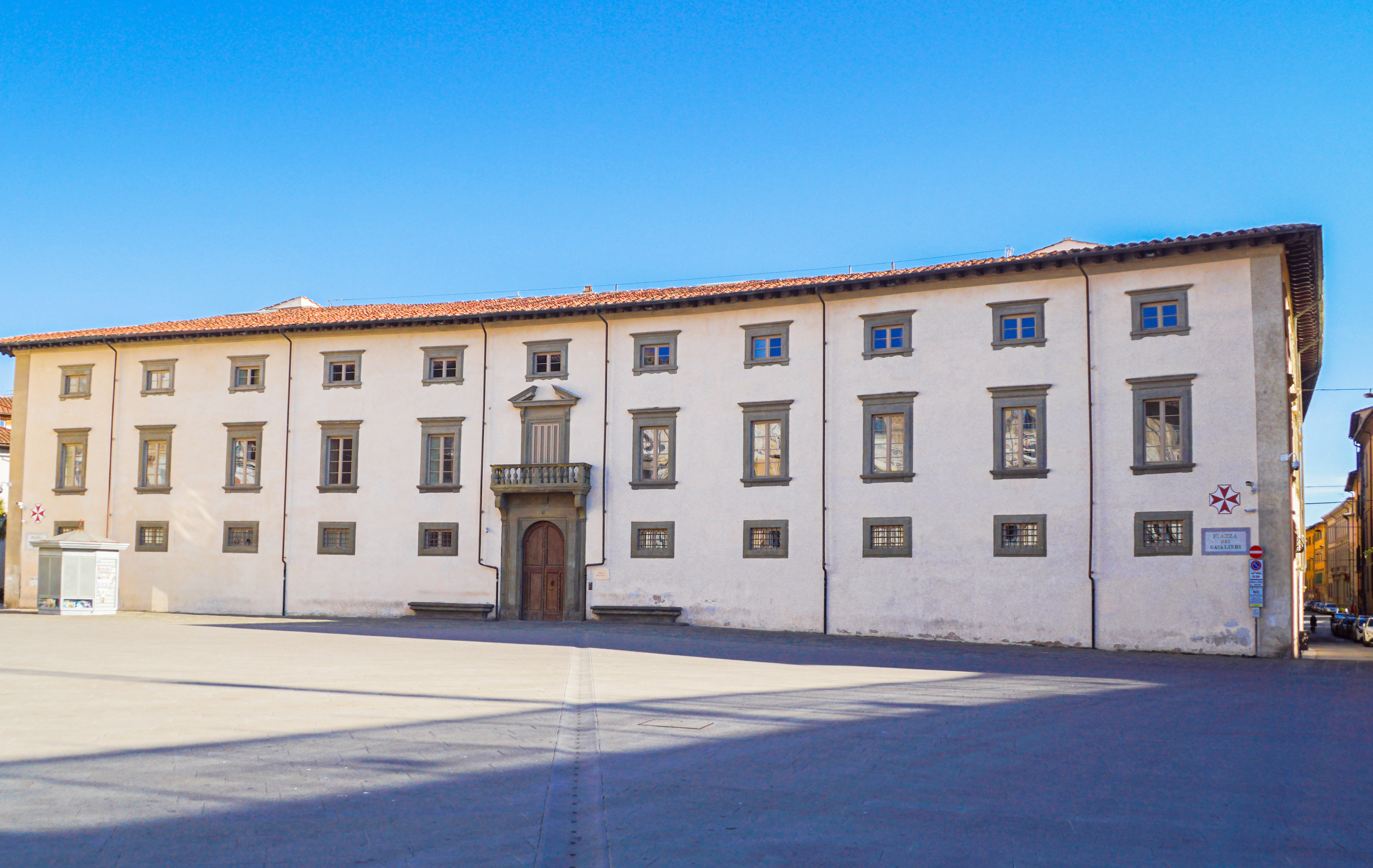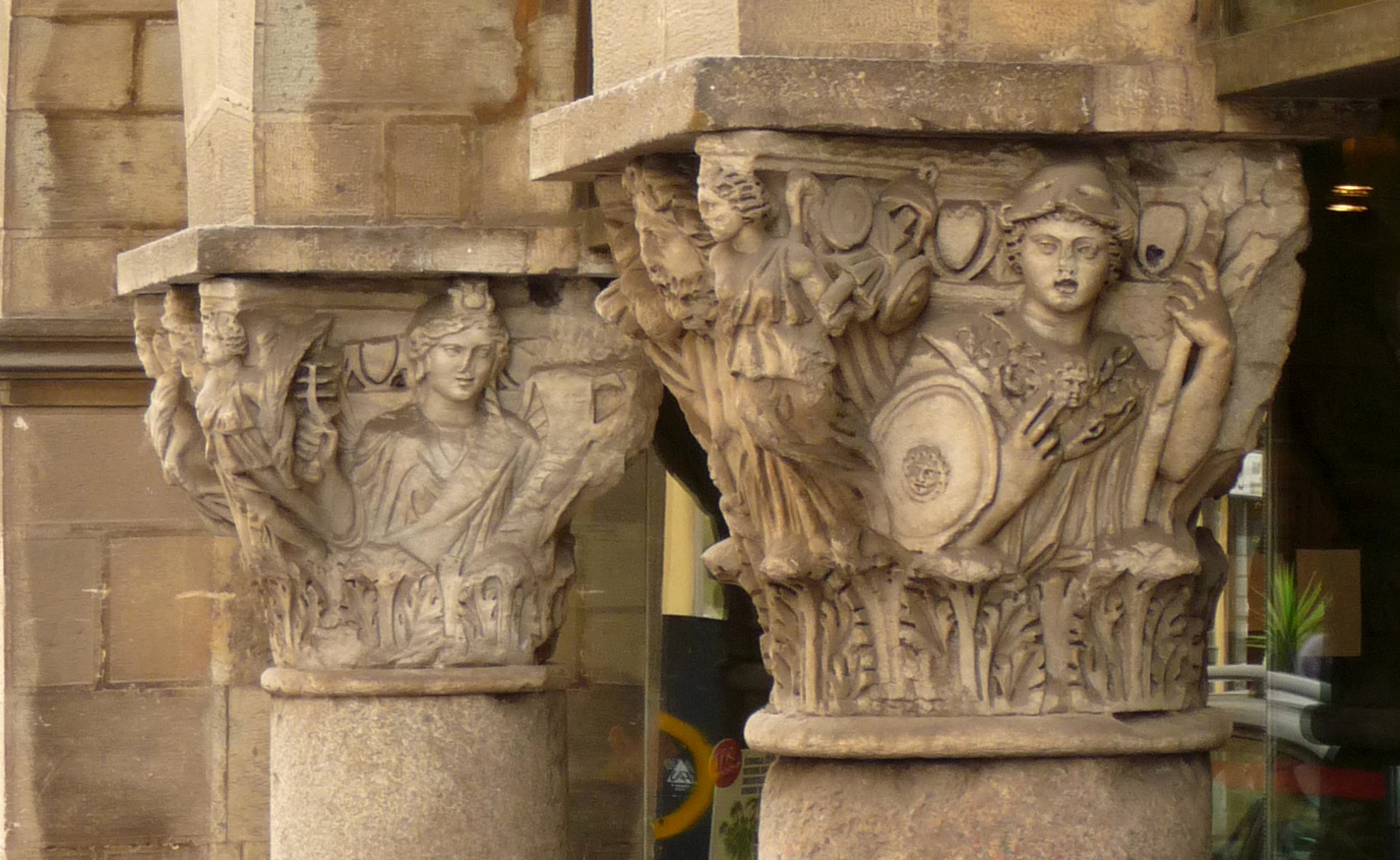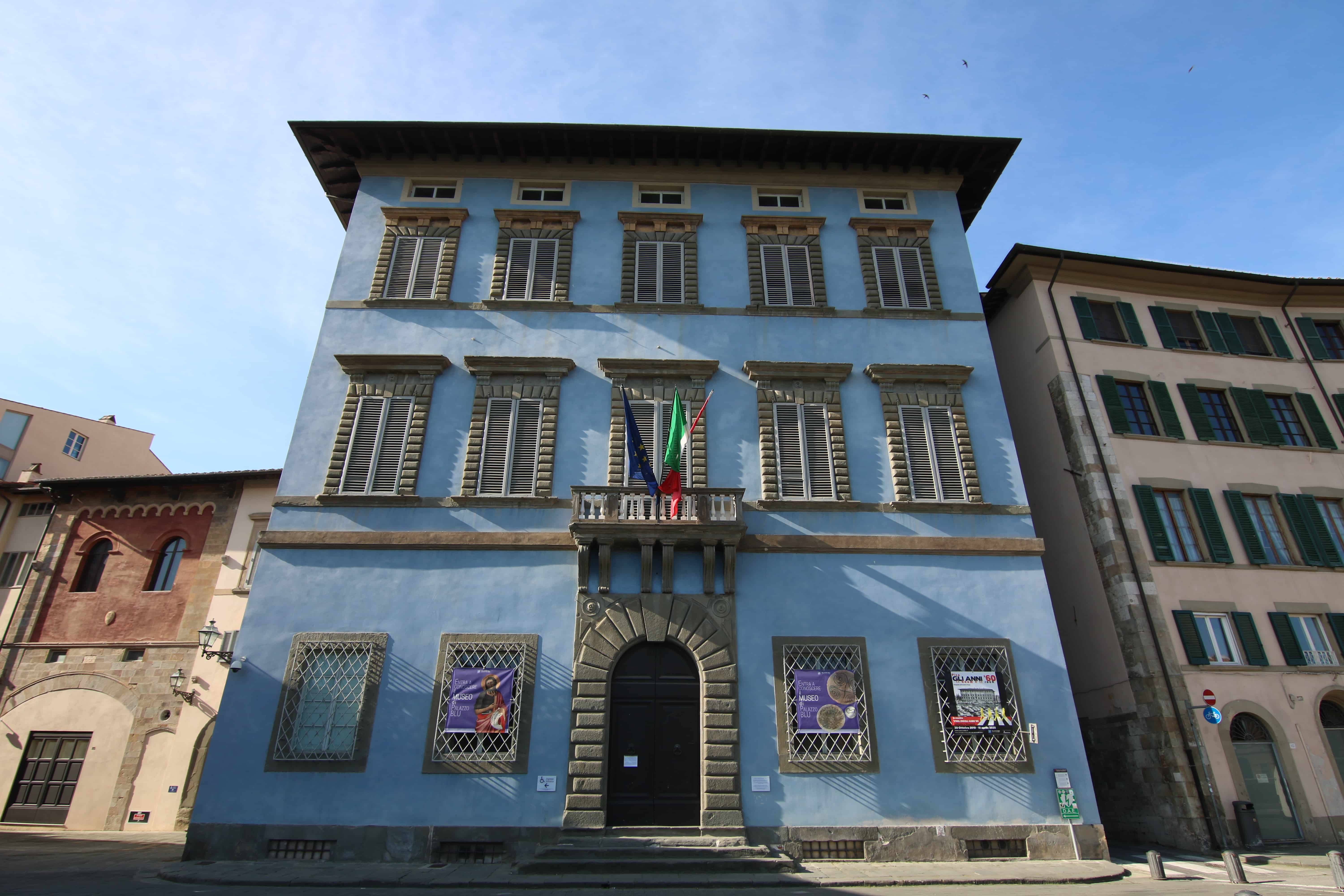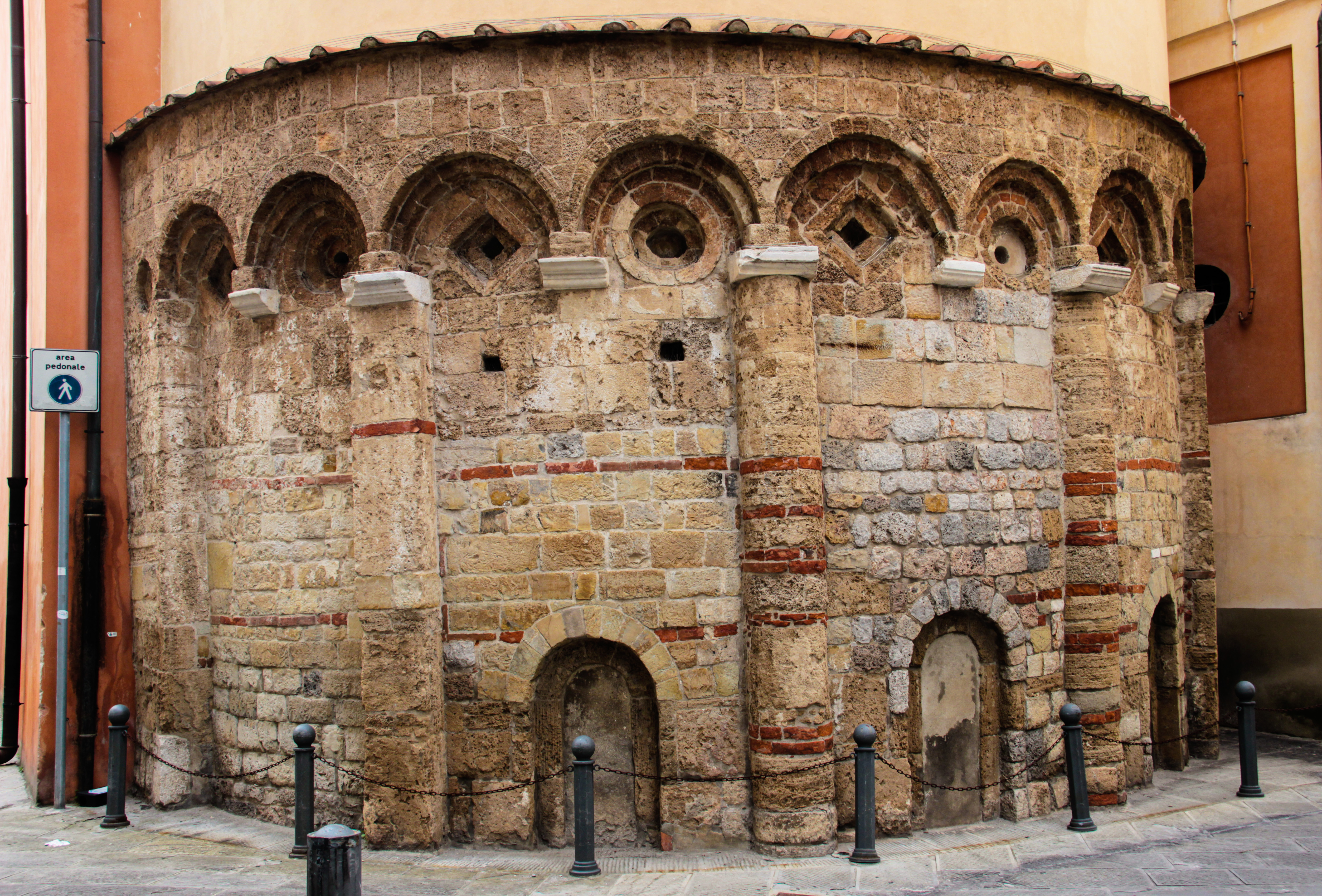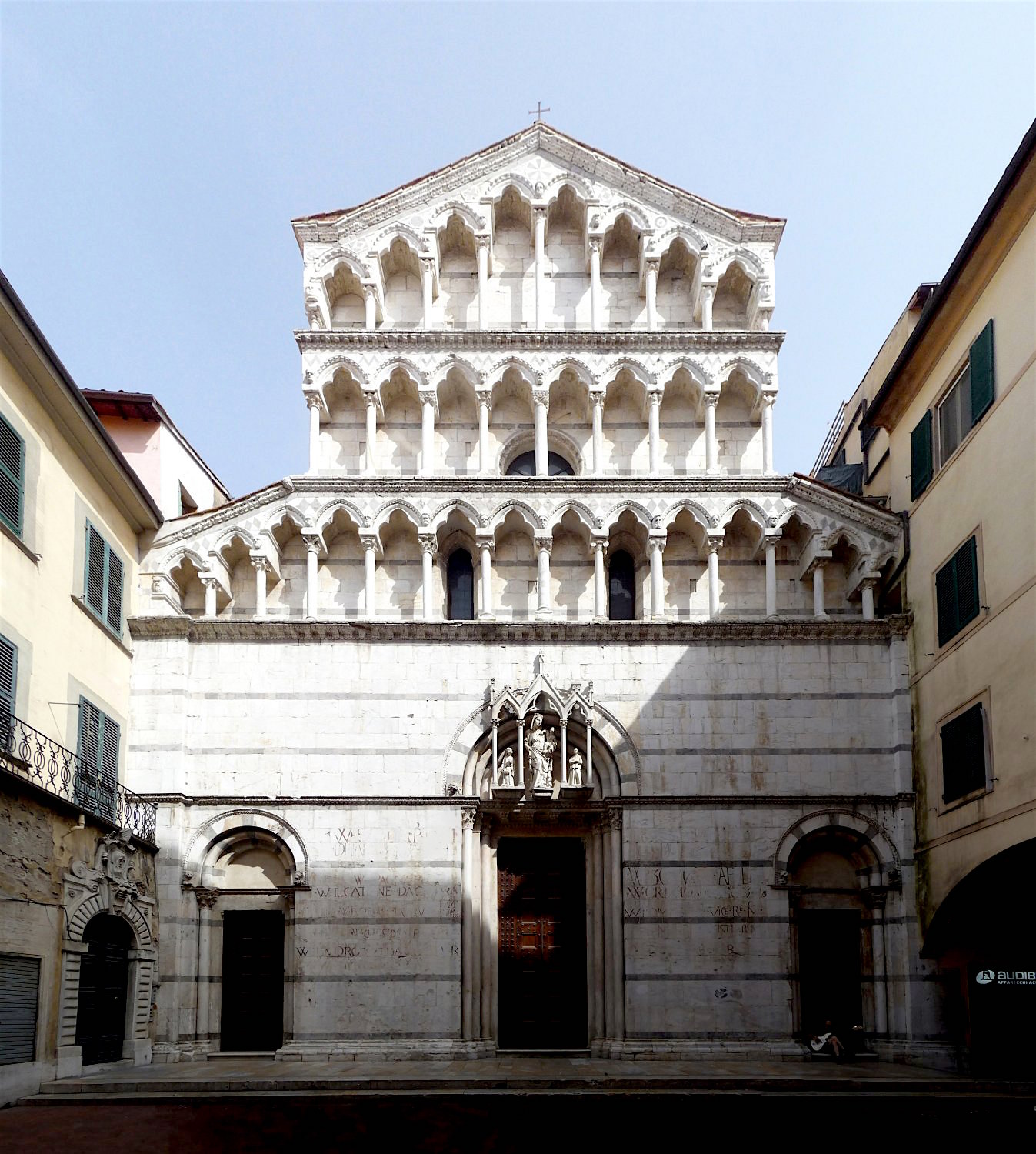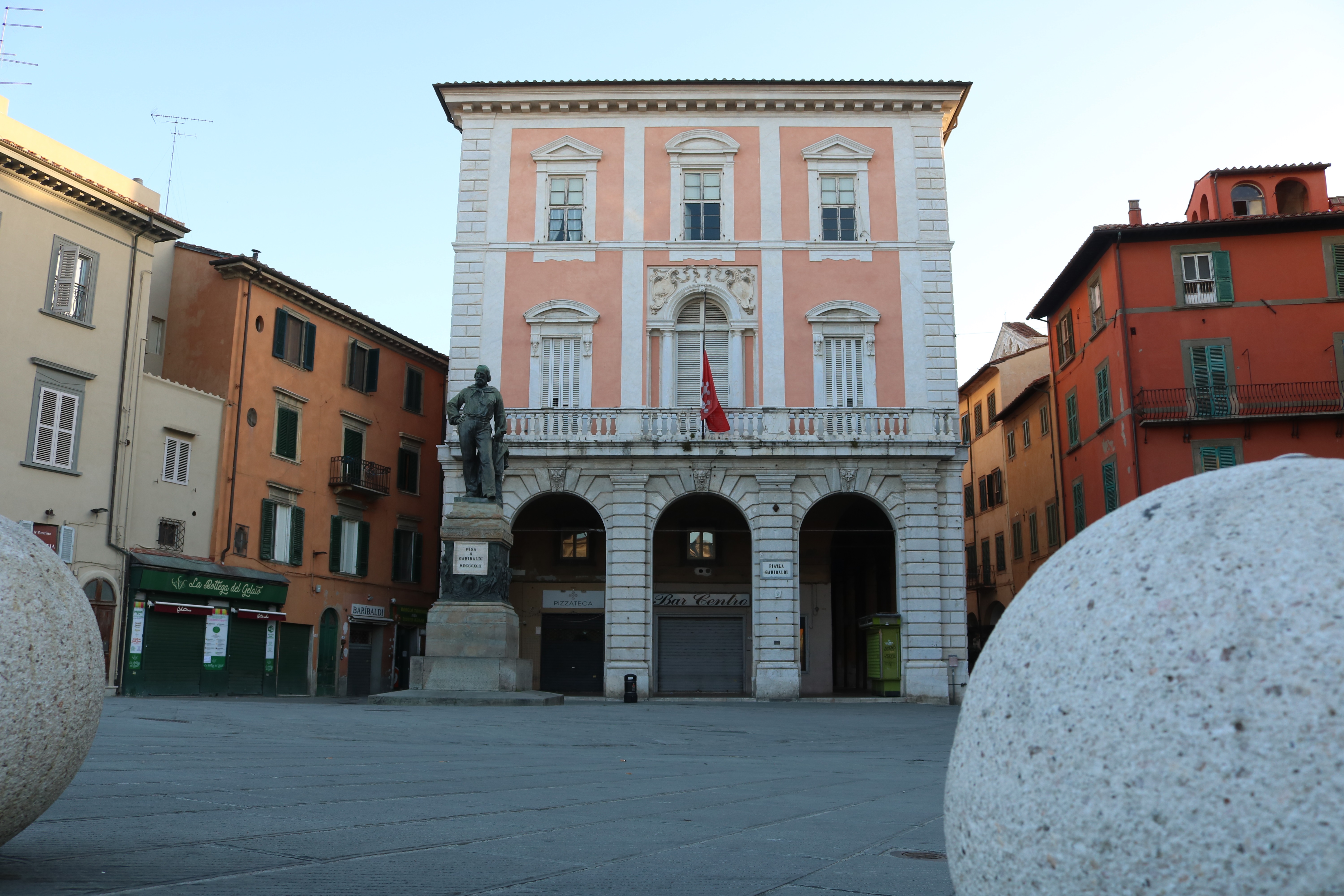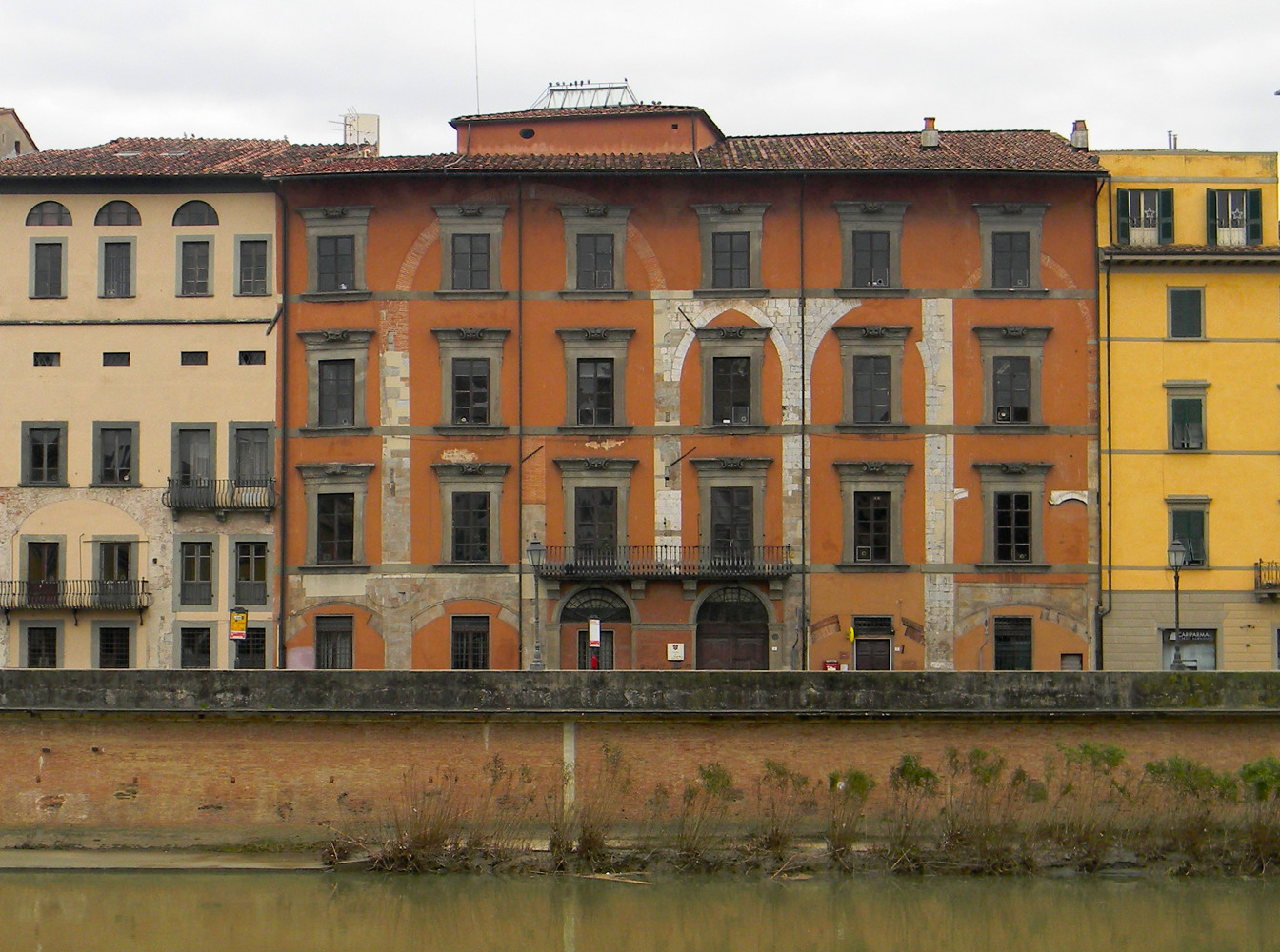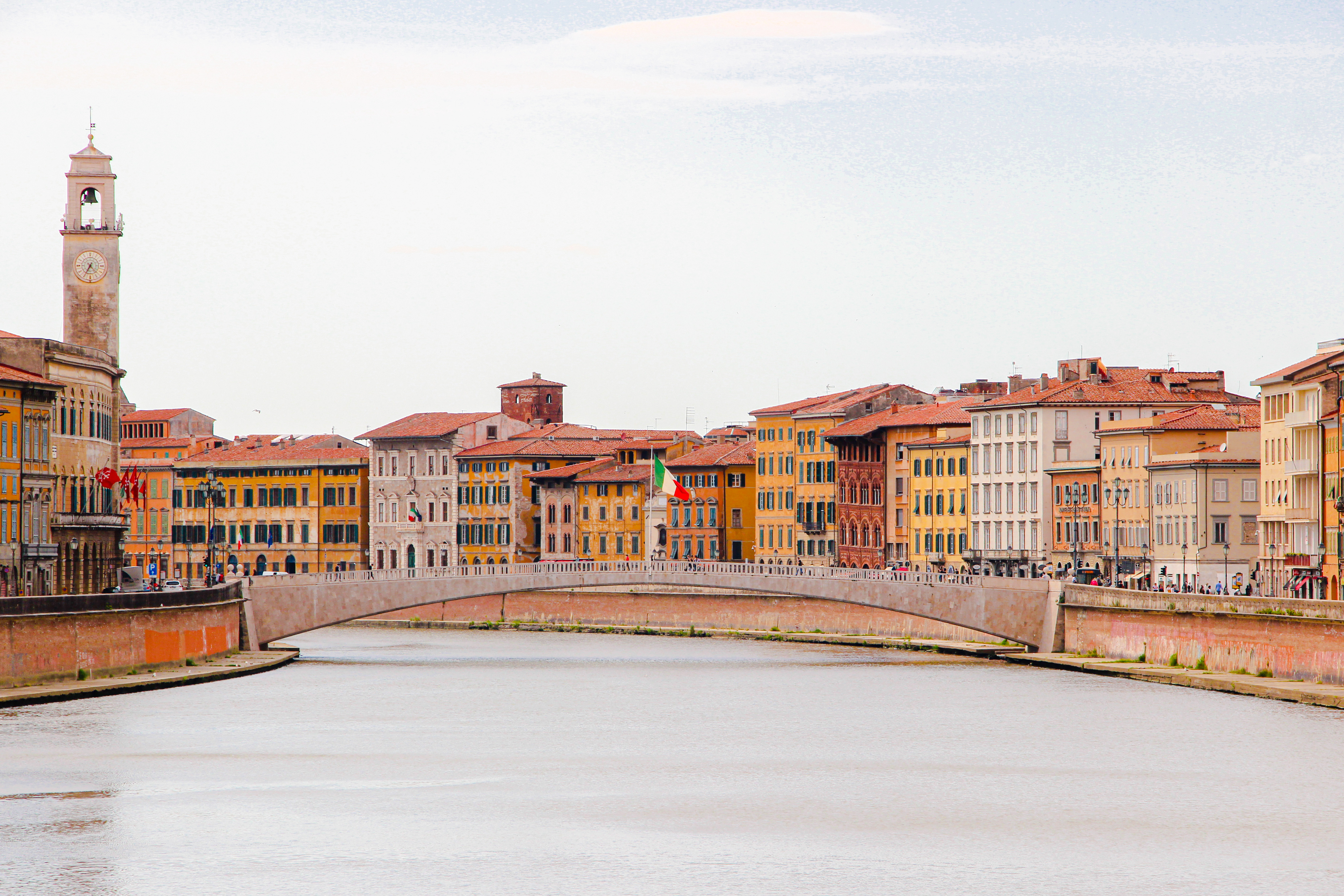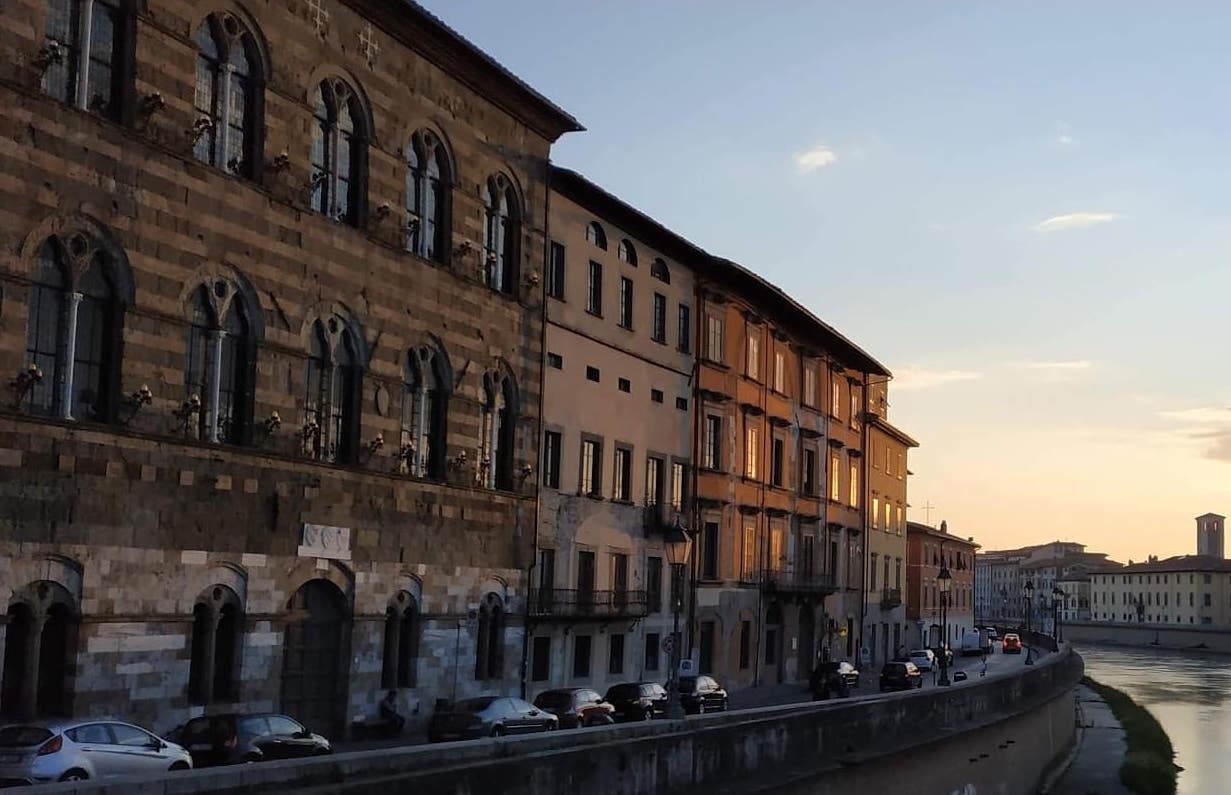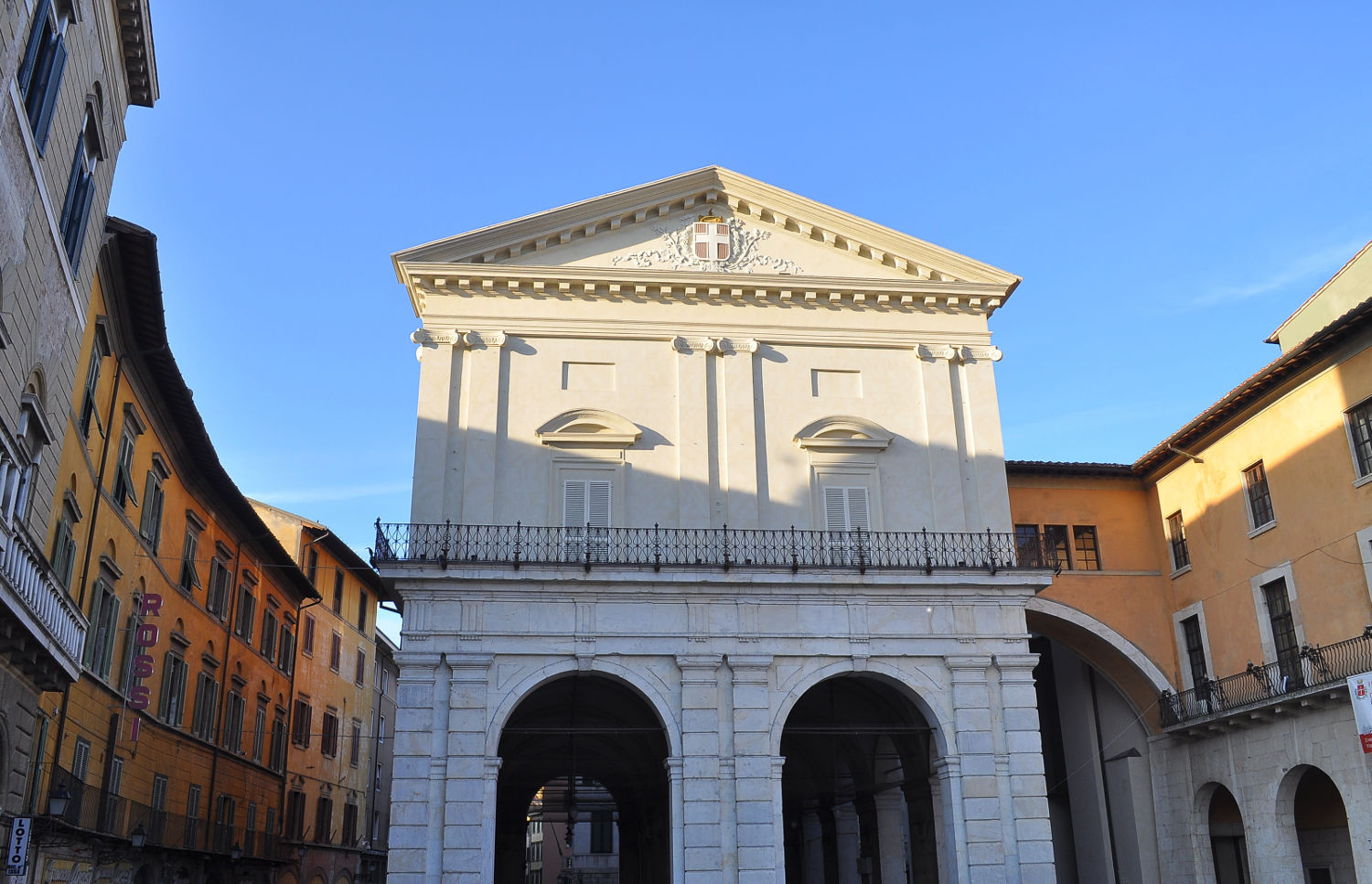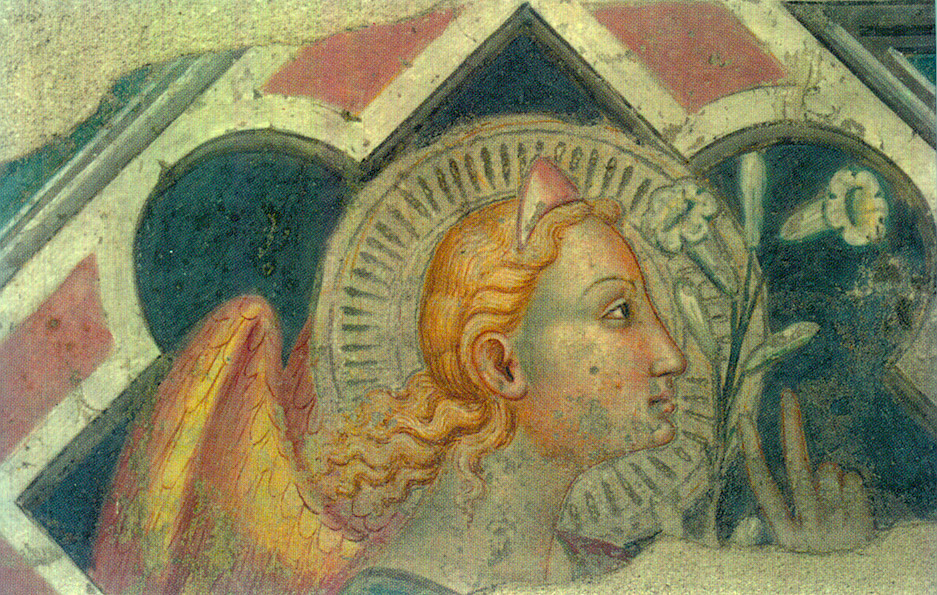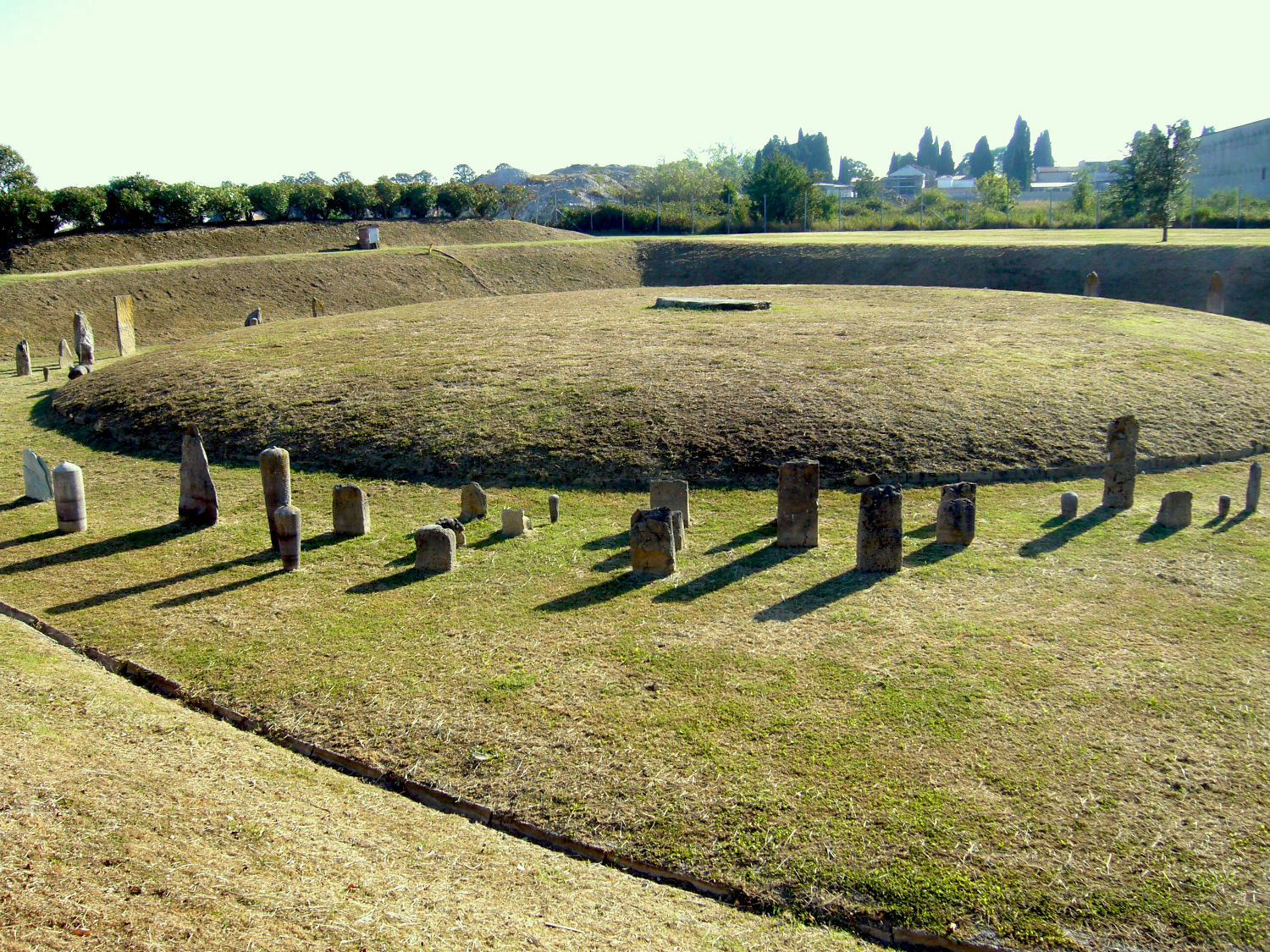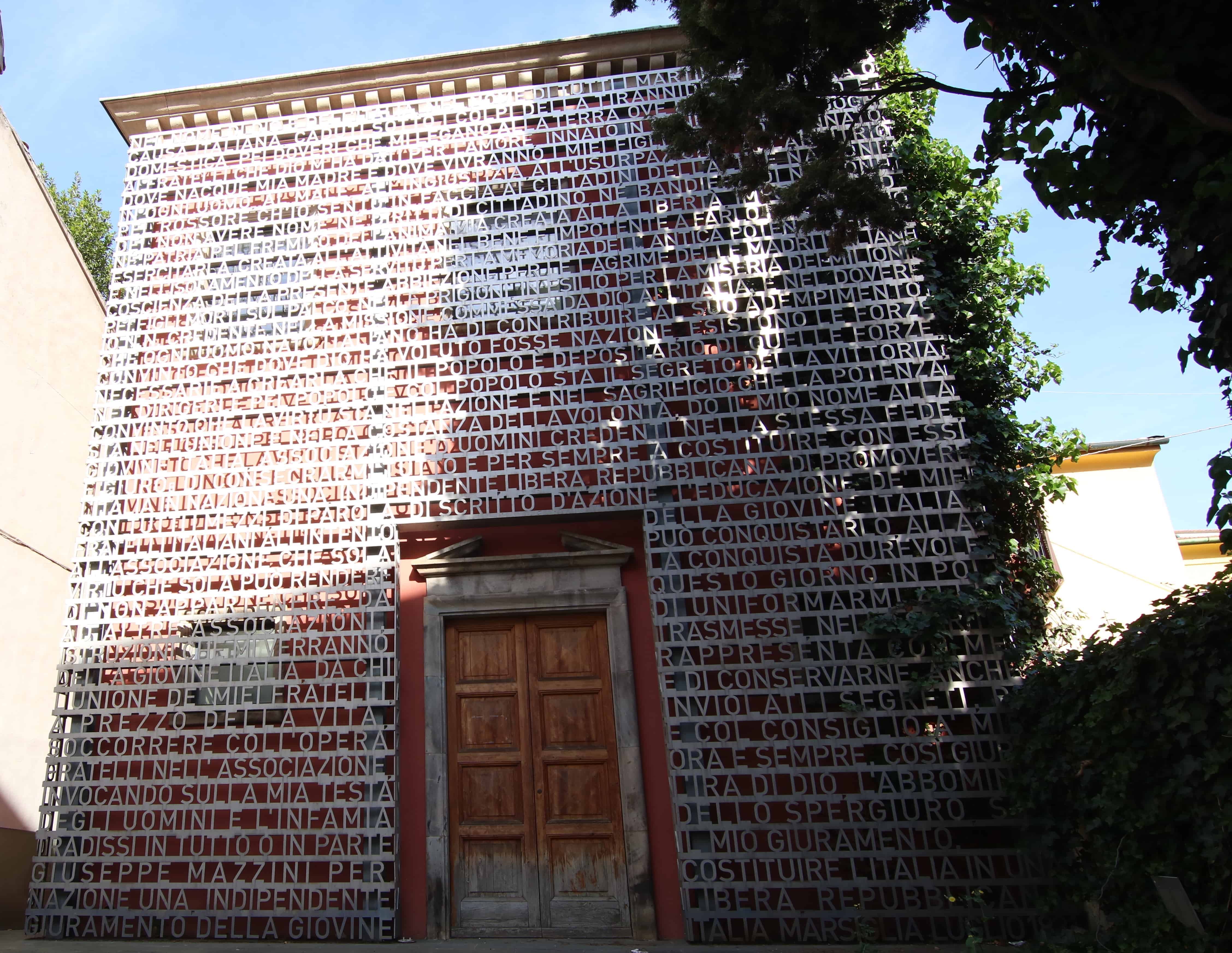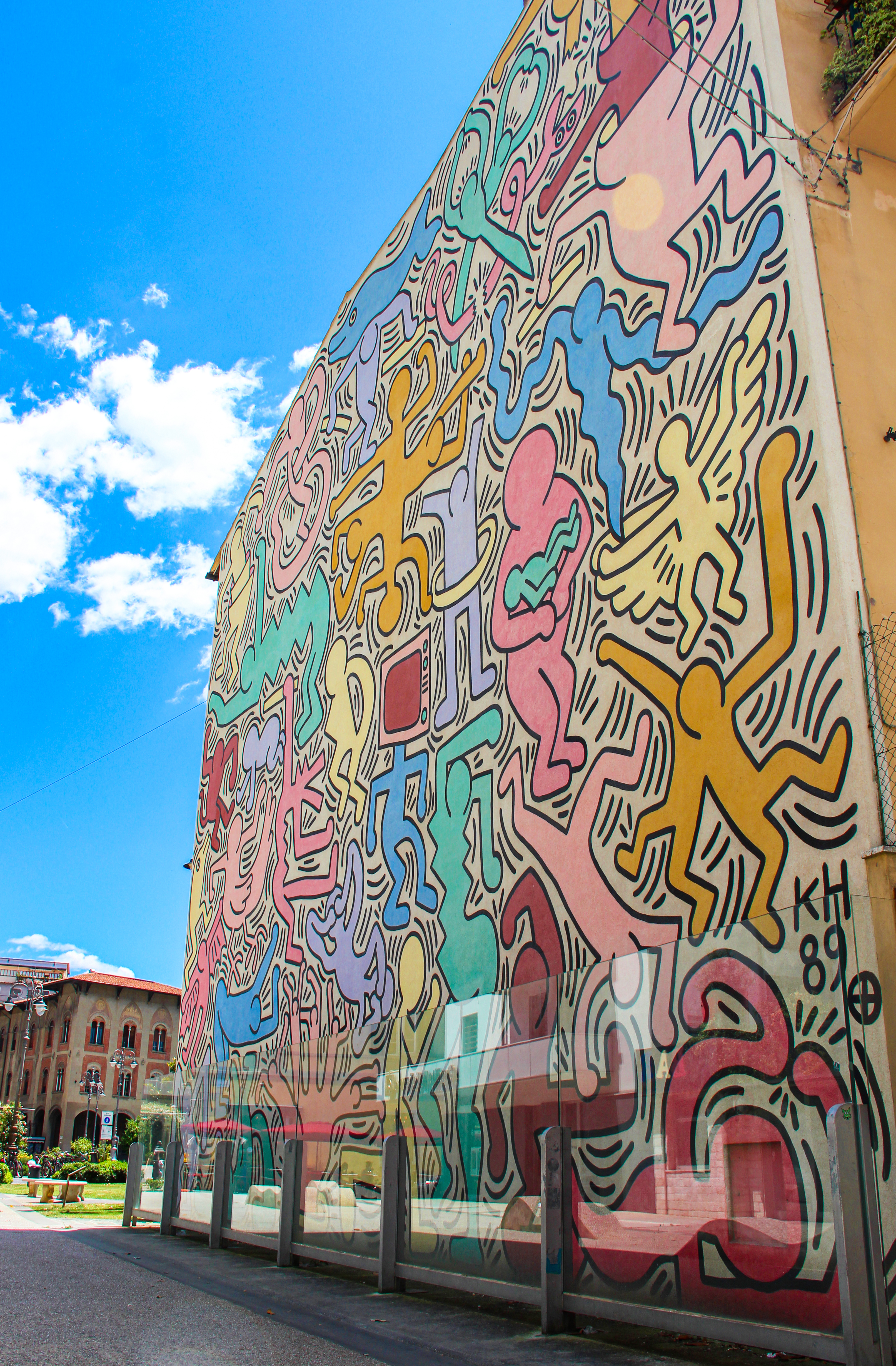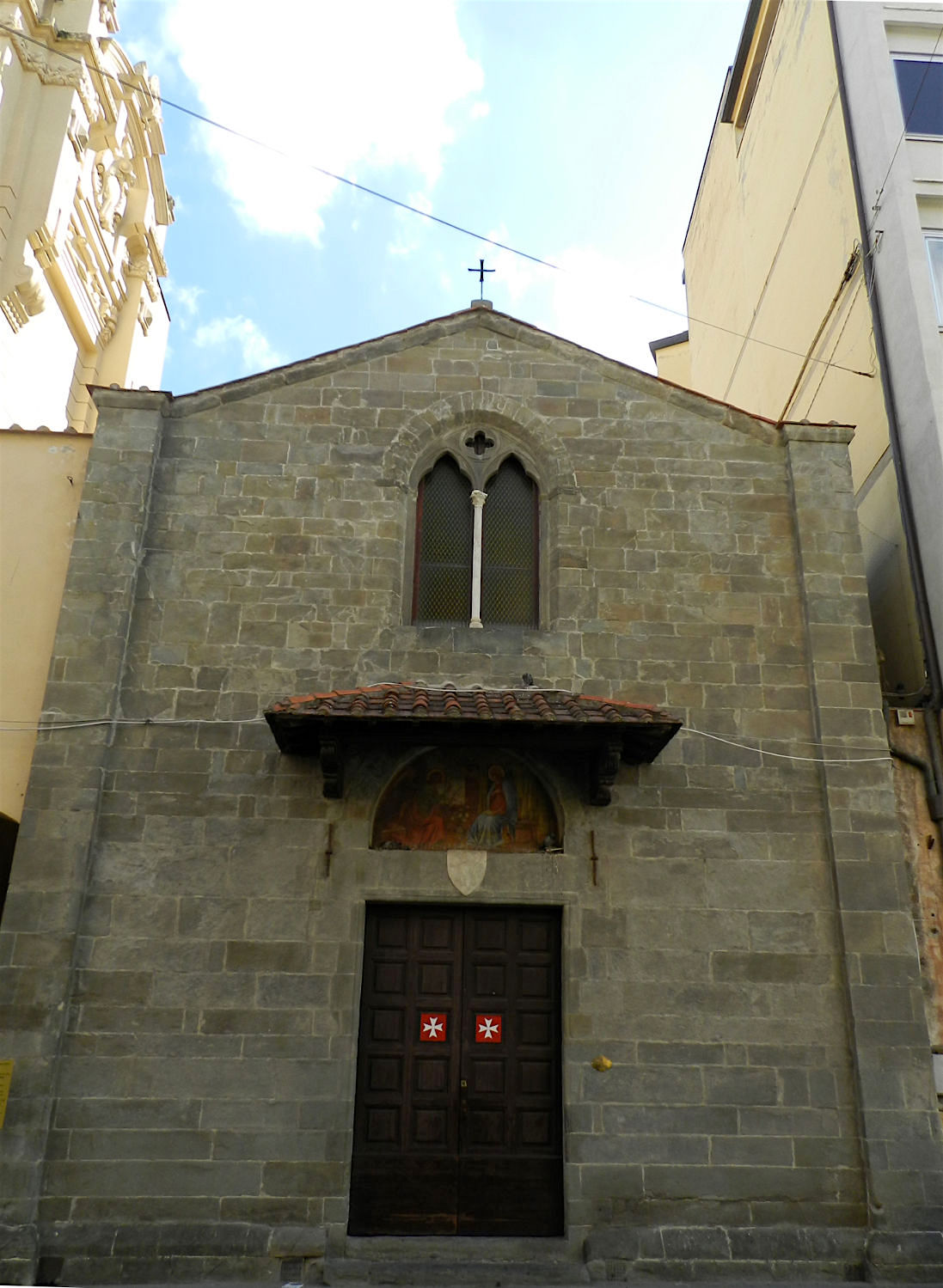Piazza del Duomo - Cattedrale di Santa Maria
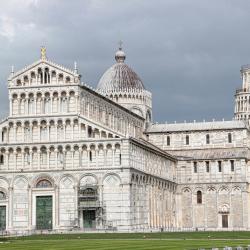
The earliest mention of the cathedral dates from 748, although there must have been an older bishop’s Church, given that a bishop is known in Pisa from 313 AD. Recent archaeological investigation revealed the remains of a large ecclesiastical building, earlier than the Romanesque cathedral, but only dating from the 10th century, therefore not the building mentioned in Longobard documents.
The Romanesque cathedral in Piazza dei Miracoli was founded in 1064.Tradition relates that this was soon after Pisa’s victory over the city of Palermo. Until 1100 work was directed by the architect Buscheto, but for the final stages, when the nave was lengthened and the facade built, the new magister was Rainaldo. In 1118 the Cathedral was consecrated by Pope Gelasio II, probably before completion. The church is built in the shape of a Latin cross, with a central nave terminating in an apse, four aisles and a transept. A particular feature of the external walls, built from marble from several localities, is the amount of re-used material, with architectural elements and inscriptions from Roman times. The north and south walls are built in different kinds of stone, corresponding to work under Buscheto and completion under Rainaldo.
The lower part of the facade is divided by six round dead arches resting on columns and capitals. The two central columns that flank the main door are carved with foliage spirals. The rhombs under the arches and the spaces above them are decorated with polychrome inlays. Above, the facade is organised in four tiers of colonnades, many columns of which were replaced in the 1500s and the 1800s. The carved freize above the first gallery, of hunting scenes, can be attributed to the workshop of Guglielmo and Rainaldo.
The Cathedral was enriched not only with sculptures, but starting from the XIII century some important paintings started to decorate its interior. In the transept can be seen the much venerated icon known Madonna di sotto gli organi, representing the contact point between the western figurative culture and the Byzantine one, so that the critics is still discussing about its paternity. Especially in the passing from the XIII to the XIV century, important personalities in the local scene follow one another on the scaffoldings, like the Master of San Tropé who paints the Madonna with the child in the triumphal arch, and Francesco da Pisa who begins the great mosaic of the apsidal basin realizing the Christ Almighty.
The bronze doors of the facade were cast by various Florentine artists in the 17th century, but the San Ranieri door at the back, facing the Tower, was cast around 1180 by Bonanno Pisano, the only door to survive the fire in 1595. The broze door of Bonanno, similar in the formulation to that of Monreale, completed by him a few years earlier, is parted by twenty panels representing, from bottom to the top and from the left to the right, episodes from the life of Christ from Annunciation to the Resurrection and ending with the Dormitio Virginis.
Info: www.opapisa.it

